DI ONLINE






ThePhotographer: Nigel Dutt ARPS
TheImageTitle: Raku Glaze Detail
AbouttheImage:
When shooting ceramic work heading for a show the potter usually leaves it very late, so it can seem like a production line of still warm pots, but I do try to catch close-ups of interesting glaze finishes that catch my eye.
Taken with a Fuji X-T4 at 90mm.
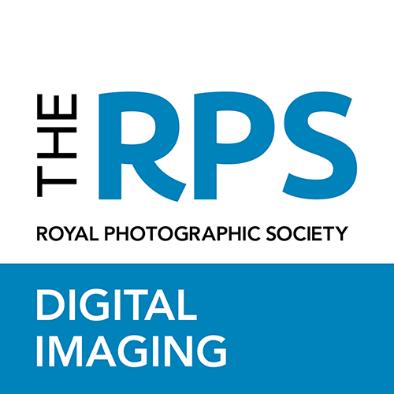
Editor DI ONLINE: Melanie Chalk
Contact: dionline@rps.org

Your DI Committee seems to be working exceptionally hard right now as we head towards 2025.
The Treasurer has had to put together a forecast and budget which all groups and regions now have to submit to HQ by the end of October. This means every group therefore has to plan their 2025 programme in detail to make the budget forecasts realistic. Due to DI’s level of activity this is no mean task, with just about all volunteers involved.
What are we going to be getting up to and offering you all?
Firstly a date for your diary :
There will be a morning session for DI members only and an open meeting in the afternoon when we will have a great speaker. More information in December.
We have two new great projects which Melanie will announce shortly.
Our new LRPS Support group will be in full swing by then, supporting and inspiring our members towards achieving their LRPS Distinction.
Competitions. We are working on the Rules & organising the entire process for a new look DI Comp.
The Print Portfolio, Page 6, has already been announced so we hope you are all giving some thought to your 3 images you will submit. Being amongst the top 30 means you get a super quality Print Portfolio 2025 - this represents the best of DI members’ work and is our ‘exhibition’.
Peer to peer e-Circles proved popular in 2024 and will continue. If you want to join one then do contact DICircles@rps.org
Our extremely popular Saturday webinars will continue and the forward programme is being pulled together. We would hope to be in a position to announce the early 2025 speakers and dates before the end of the year.
Now Accolade is back this means production of our three publications are all now back on track. Page 35
The TALK-WALK-TALK Spring project will be Parklands and Gardens. More information about that early in 2025.
Janet digchair@rps.org
We have some great contributions from members this month. Marie-Ange, one of our new DI Committee members, introduces herself, talks of her new role and shares her photographic journey with us.
Mark Stothard writes movingly, about a special place for him, the Cape Wrath Trail, in the Scottish Highlands. He travels there frequently and remains enchanted by its raw untamed beauty.
The Books and Zines project, conceived by Jean Robson, has grown into a highly popular and successful initiative. It’s main focus was to provide a platform for members to express themselves through books and zines, and has inspired many participants, to produce a wide variety of books. We have been featuring some in the previous publications, and in this issue, Nigel Dutt takes us on his journey from inception to print, and more along the way. We hear from Tony Healey, our ‘International member featured this month. He is a long-standing member of the Digital Imaging group, who originally joined the RPS in 1960. With his wealth of experience, Tony shared many insights during his interview with Janet.
This month our ‘AI Snapchat’ has a guest contributor, Clive Haynes. He was just sharing his thoughts with Janet, but it was too good not to share with you and open up a new conversation about AI !
There is of course the usual news of future happenings and events and the exciting news about the launch of the new workshop ‘Projects’ for 2025, which is explained in detail within this publication and on the DI Webpage. In a previous publication, our Digital Imaging Chair asked the membership, "Do you feel supported?" It was incredibly gratifying to receive a response from a reader who expressed that he felt very much supported and engaged by DI. He highlighted the impact of the amazing programs such as Seed to Bloom, Books and Zines, and T-W-T, all of which he had actively participated in. These initiatives, he said, had not only inspired him but also helped improve his photography.
For me, this reinforces the importance of, the Committee, continuing to explore new ideas and initiatives, ensuring that as a special interest group we keep inspiring and supporting our members in their creative journeys.
Melanie Chalk Editor DI ONLINE

Start preparing your prints. Read the RULES and FAQ HERE
Each month we welcome and list all new members, here are those who have joined in September and October.
Let me take the opportunity to welcome all those listed here.
There is lots of information within these pages about future events, forthcoming workshops, competition results, as well as links to the DI Webpage. This is where you will find more detail as well as contact information.
You have joined a very vibrant, friendly and active RPS Special Interest Group. We hope you will get involved, perhaps enter the competitions, join our monthly inspiring DI Talks on a Saturday afternoon, or even discover a workshop or project to join and learn new photographic skills. Have you discovered the DI Facebook page?
So enjoy browsing through the DI Online October issue, reading the articles and discovering all the things you can, if you choose, get involved in.
As Editor of this publication, I am always happy to receive content for articles, perhaps about your journey as a Photographer.
Editor Melanie Chalk dionline@rps.org
John Allman
Marc Barrot
Paul Benham
Iain Byrne LRPS
Bill Carey
Lesley Coombes
Lloyd Davies
Anthony Evans
Debbi Flowerdew
Ian Gardiner
Ann Gillman-Smith LRPS
Mike Glyde
Paul Graber ARPS
Michael Hawkridge ARPS
Paul Hayward
Allan Higgins
Huw Jenkins
Peter Jones LRPS
Ratomir Jovanovic
Martin Kapp
Helen Lang
Graham Lewis
Trevor Litherland
David Littler
Edwin Livingstone-Smith
Lisa McLoughlin
Martha Morgan
Dr Kyros Moutsouris
Dr David Moyes
Margaret Pincher
Tim Putt
Maggie Ridgewell
Alan Smith
Frederick Stubbs
Andy Symons
Karen Tolmie
Richard Townsend
Fiona Wallace
Paul Withers
Australia
Greater London
Buckinghamshire
Greater Manchester
USA
Hampshire
Hertfordshire
Yorkshire
Norfolk
South Lanrkshire
Hertfordshire
Worcestershire
Surrey
Devon
Bedfordshire
Glasgow
Glamorgan
Surrey
Serbia
Berkshire
Australia
Isle of Wight
Merseyside
Lancashire
Scotland
Cambridgeshire
North Somerset
Berkshire
Dumfries & Galloway
West Midlands
Berkshire
Leicestershire
Leicestershire
Cheshire
West Yorkshire
Scotland
Berkshire
Renfrewshire
Oxfordshire
Marie-Ange Bouchard ARPS
I’m pleased to be joining the Digital Imaging (DI) committee. This isn’t my first time volunteering with the Royal Photographic Society (RPS) - many years ago, I served as treasurer and website manager for the South East Region. But life, as it does, took me in different directions, and I shifted my focus to other photographic pursuits. Now, I’m happy to be involved again and looking forward to contributing to the DI group.
Janet and I had a conversation over Zoom, and she shared with me a new initiative that DI is keen to roll out - a support group for DI members who are working toward their LRPS (Licentiateship) distinction. This isn’t meant to replace Advisory Days or 1:1s, but it’s designed to be a more informal and supportive space where members can share their questions, thoughts, and challenges, no matter what stage of the LRPS journey they’re on. It’s all about creating a community to help each other along the way. The group will officially launch in November and will meet on the third Monday of each month. I’m really looking forward to cofacilitating this with John Porter!
A bit about my own photographic journey: I’m a self-taught photographer, introduced to the craft by my father, who was an enthusiastic amateur. I spent my student years improving my skills in both photography and darkroom printing. But, like many, fulltime work put a pause on my creative ambitions. It wasn’t until I retired in 2005 - and with the rise of digital camerasthat my passion for photography was reignited.


I’ve always loved experimenting with different techniques and equipment, whether it’s shooting on an iPhone or playing around with vintage lenses on a mirrorless camera. I also enjoy editing - I can spend hours exploring new software tools. My favourite genres are street photography and macro, but I’m currently venturing into landscapes. Big vistas still feel a bit intimidating, but I’m learning to embrace them! That said, I’m drawn to all kinds of images, no matter the style or subject, as long as they make me pause and think - whether it’s the message, the colour palette, the technique or the sheer visual enjoyment that catches my attention.

As it is the case for many photographers, my interest soon turned into a full-blown obsession. I joined Tandridge Photographic Society, where I really started to get more involved in the world of photography. In 2013, I was pleased to achieve my ARPS with a panel of images taken an iPhone 3 and an iPhone 4 - the RPS’ first panel taken on a smartphone. This recognition led to me being invited to serve as an assessor for the Licentiateship Distinction panel, a role I was honoured to hold for four years. Over the years, I’ve also earned my CPAGB and BPE1* distinctions.
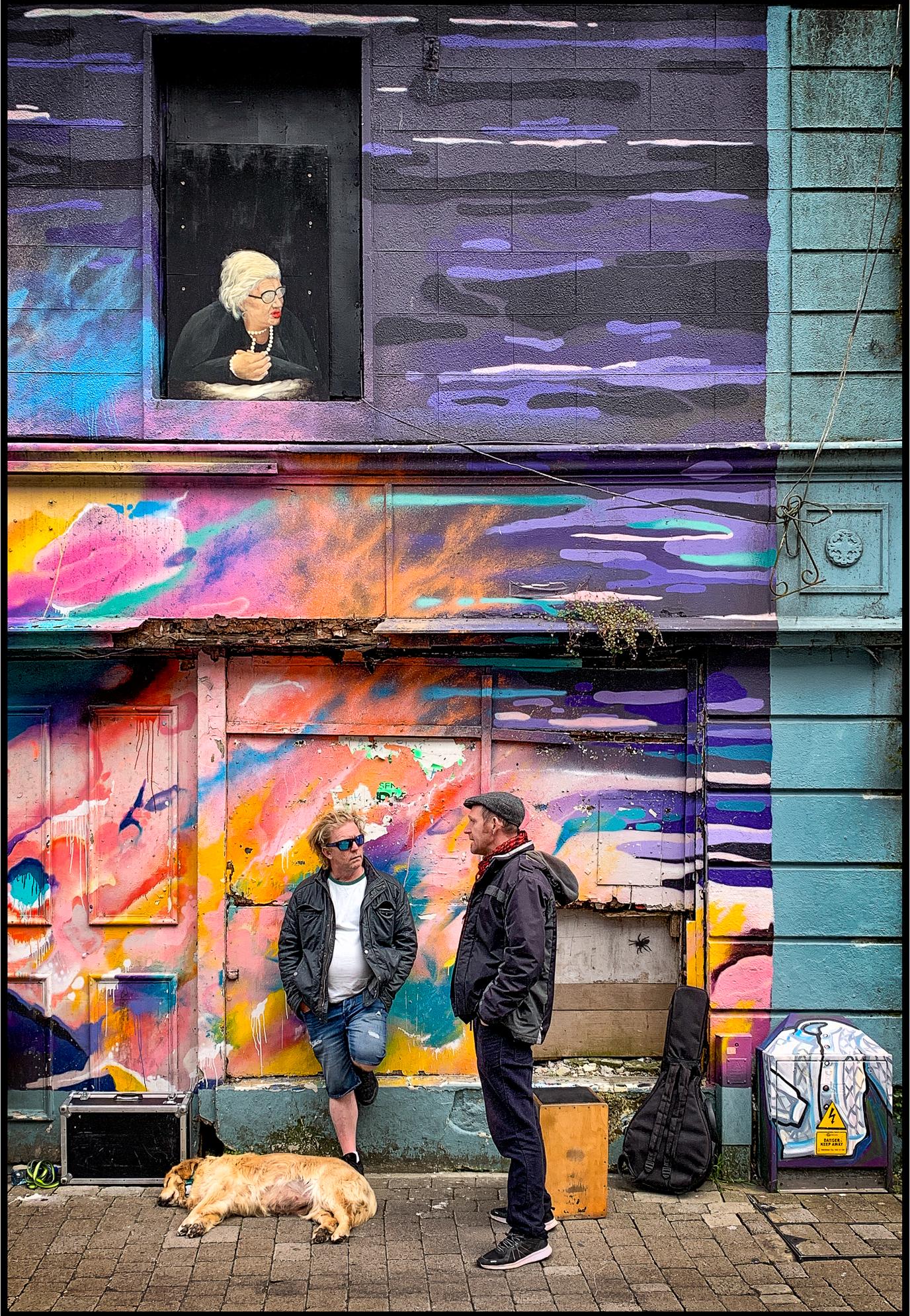
Just Browsing, Jodhpur by Marie-Ange Bouchard ARPS

I’ve also been judging at club and federation level for many years. It’s a job that isn’t easy but it’s a fantastic way to stay connected with the photographic community. Until last year, I also served as a judges’ assessor and trainer for the Surrey Photographic Association.

Looking ahead, if time allows, I’d love to explore more ultra-macro photography, dive deeper into playing with vintage lenses, and maybe, just maybe, finally get serious about working toward my Fellowship panel. But for now, I’m looking forward to supporting DI members on their LRPS journeys and being part of this vibrant group.
Marie-Ange
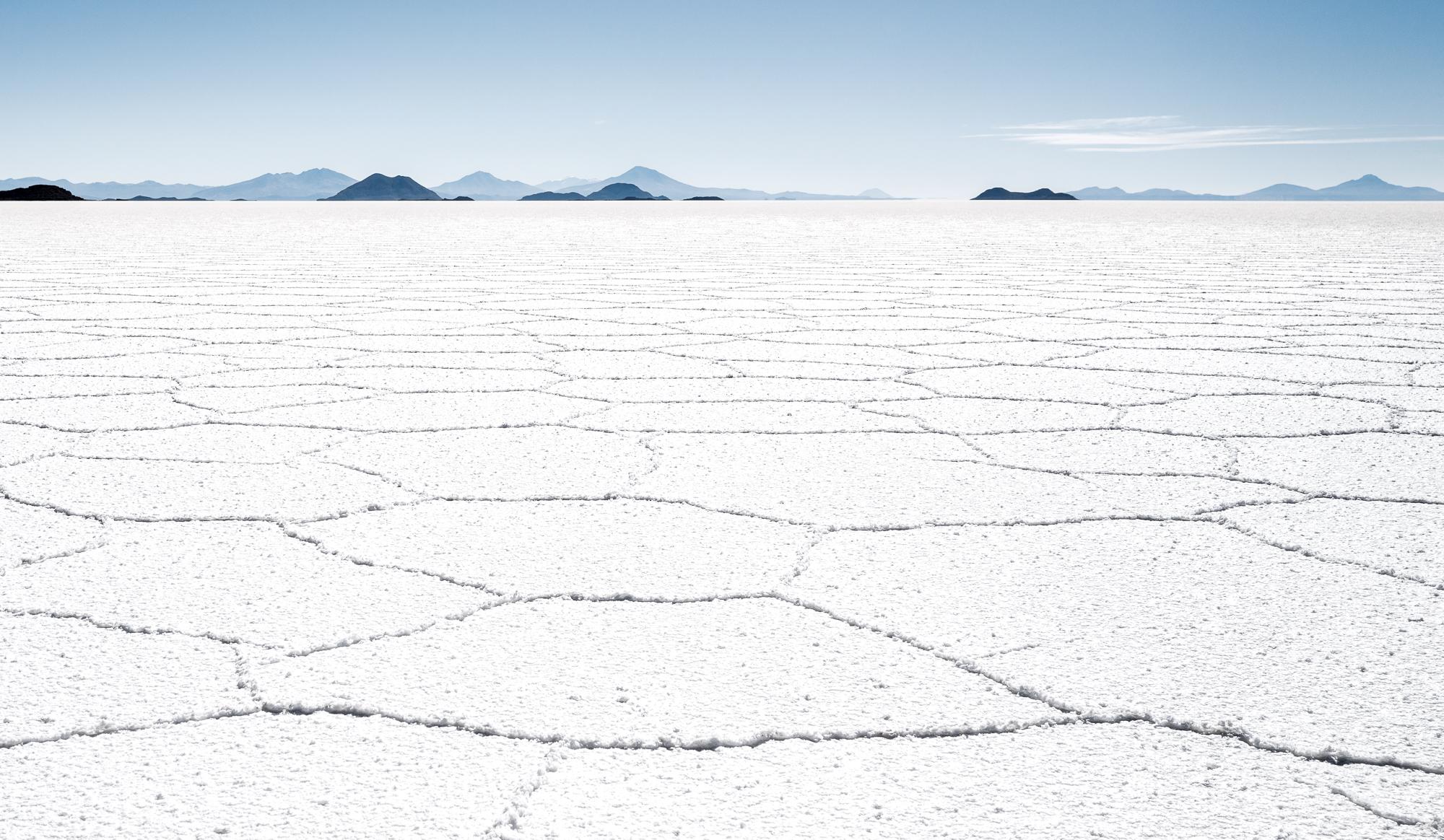

We thought it would be a good idea to update you on how we are using the information from the DI Survey. In the September issue of DI Online we responded to those of you who, on various aspects of our DI Programme, had indicated that you knew nothing about this or that project. If you didn’t read it then may we invite you to go back to it and have a good read so you don’t miss out on all the amazing things we are planning for you all.
HERE is the link for Octoberer DI Online Workshops and projects.
Workshops we tested out some ideas with you, two of which proved to be popular. We have worked hard to put together 2 Projects for 2025 - we will be launching these in November 2024. We are also taking heed of workshop topics which seemed popular and will consider these as we book for 2025.
Books & Zines. The survey told us that there was some desire for this popular 2024 project to continue. Most of the material and recordings will remain available for you to revist, and we are continuing into 2025 with ‘The Next Chapter’. Amongst other ideas we are exploring we are looking to book a ‘handmade books’ session.
Competitions. The Print Portfolio will go ahead and again there is information about this on page 6 The Digital Imaging competition we are currently looking to change to align it more to that which you told us you prefer. And the online monthly competition will return by popular demand. Again announcements in January 2025.
Webinars. You have given us good feedback on this topic. These are well respected. You like that it is recorded and even Saturday afternoons proved to be the most popular day/time. Don’t forget you can always register for this if the day is not convenient for you and then you get the recording link in the followup email to watch in your own time. Thank you for proposing some names of potential presenters. Our volunteer who commisisons the speakers has this and will duly consider them for 2025.
Publications. It seems we have the balance of content for DIGIT and DI Online pretty much on target. Accolade will be relaunched this month - see page 33
LRPS Support Group. Again we tested out this idea with you and, accepting that many of you have letters after your name already so obviously this won’t interest you, we are happy to announce we are launching a new LRPS Support Group.
I have been photographing the work of my friend the raku potter Tim Andrews for a few years now. Initially I mainly captured completed work, with the photos being used for exhibition catalogues and on Tim’s website. However, in a “coals to Newcastle” fashion, Tim has become successful in Japan where raku originated. Unlike most British galleries, Japanese galleries like photos of the potter at work, in his home and in his workshop alongside the finished work, so I started doing that.
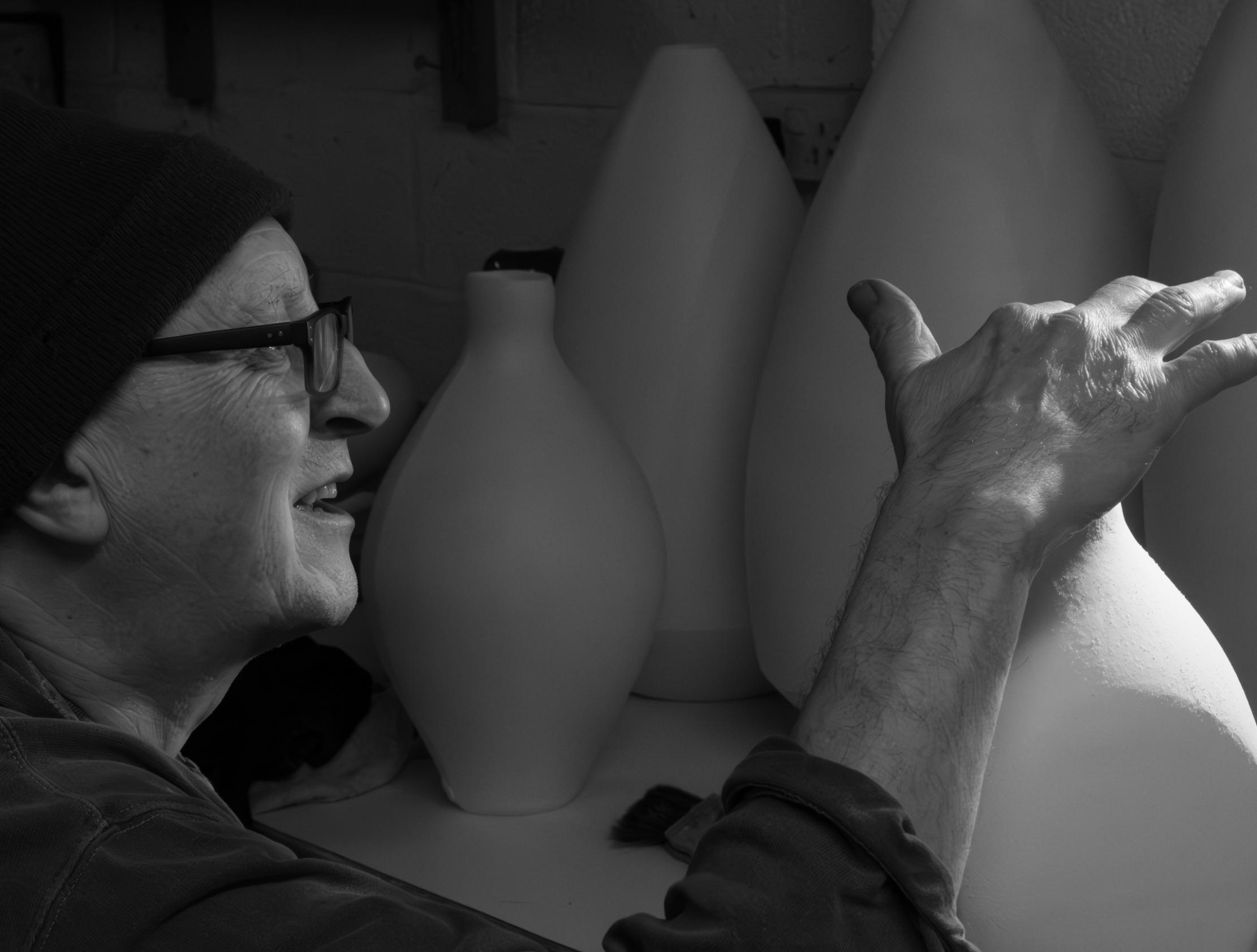
Recently Tim has been celebrating his 45 years as a professional potter so we decided to produce a book that he can sell alongside his exhibitions. Tim has already written a couple of successful books about raku, so the idea for this book was to focus on the visual with just a few pithy words from Tim, rather than produce a textbook or biography. I went for a “photo essay” style that started with the workshop, then progressed through the making process and on to the finished work with further sections on Tim’s environment and his own Japanese connections.
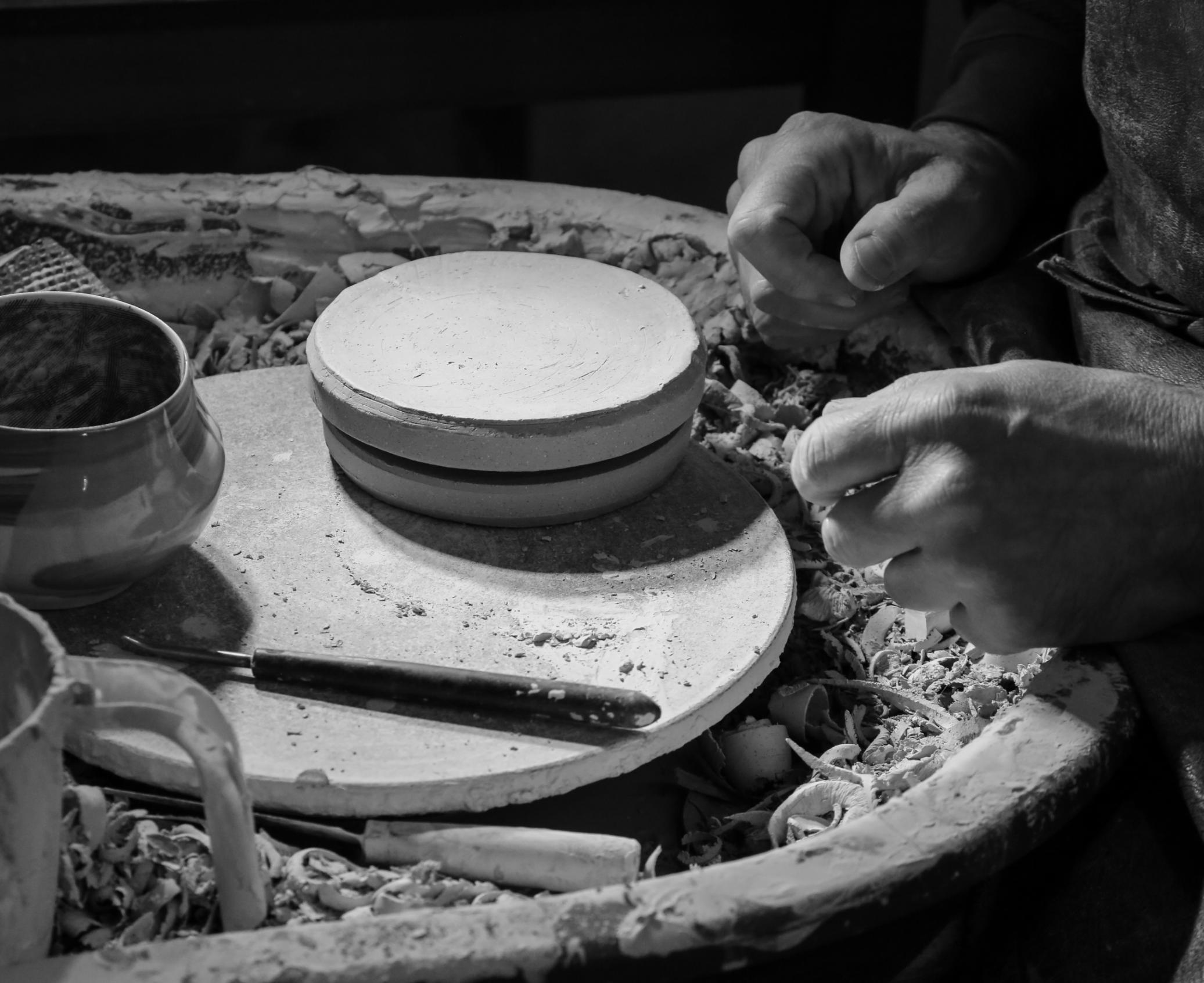


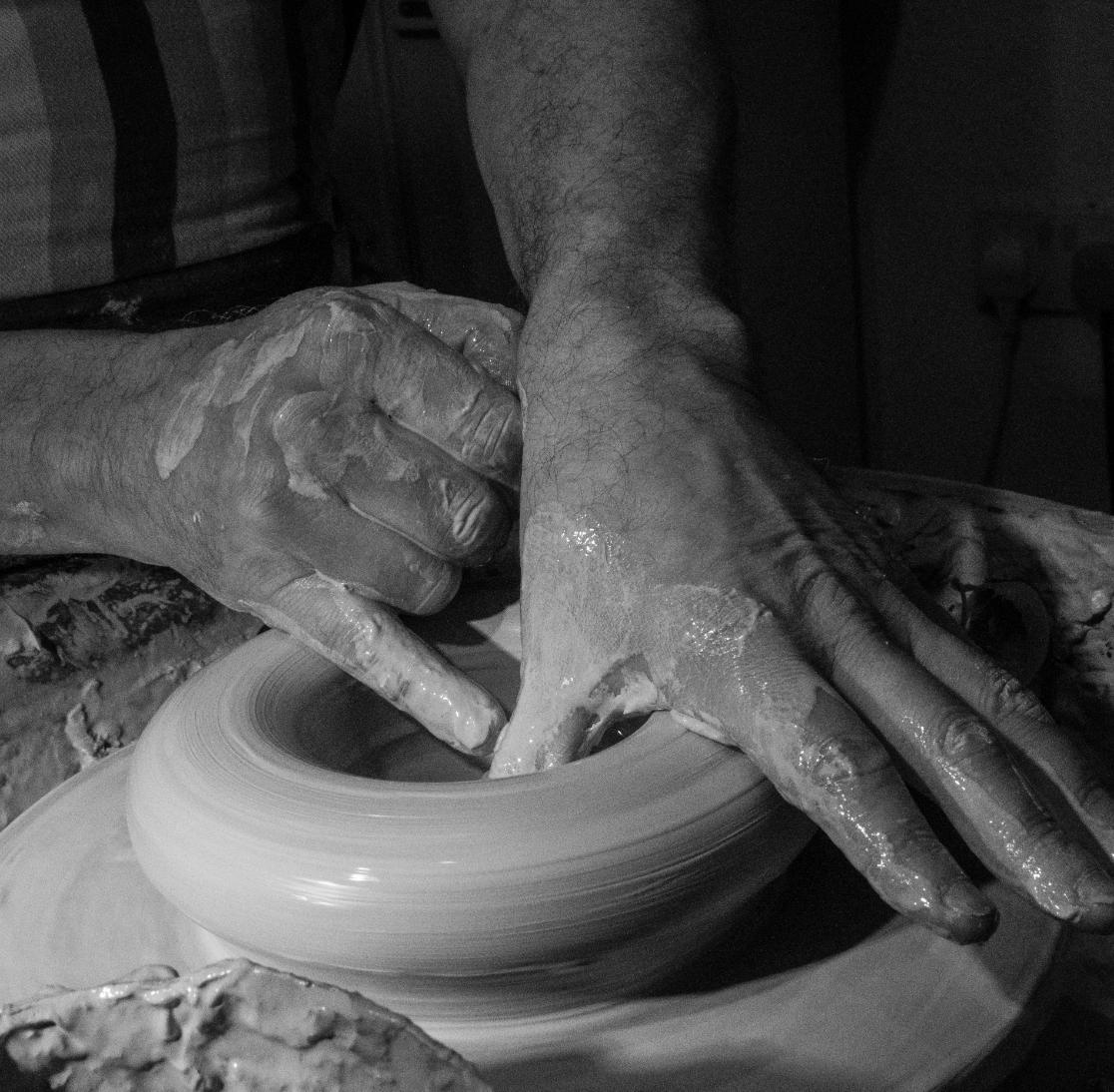

Luckily, as I like the noir style, Tim tends to hand craft under a directional spotlight, which is exactly how I would have lit him. The exciting stage is the firing. In raku, the pots are lifted from the kiln at over 1,000 degrees centigrade and immediately dropped into combustible material, which instantly flares up. It makes for great photo opportunities, but you must be prepared, and you must be quick, and you also have to keep out of the way of the potter as he transfers the red-hot pots from kiln to container. In the book I deliberately kept all the workshop photos low key monochrome and then burst into colour with the firing, which matches the real-life experience.
Around the time I made the first draft, the RPS photo book genre appeared, so I thought I’d have a quick check to see if the book had any chance of satisfying the F criteria. Although, probably like many DIG members, I’d made a lot of books of photos, this was my first attempt at a “photo book” rather than simply a “photo album”, so an F was likely to be a stretch. Unfortunately, unlike the other distinction genres, there are very few examples of successful photo books to be seen (successful from the distinctions point of view, that is), and of course the assessments are not public.
Then the DIG “books and zines” project started, albeit that this was not focussed on the distinctions. Through the various excellent talks, peer group meetings and online media organised by the DIG project, as well as some further research, I was able to improve the quality of the book significantly, and of course Tim was critiquing it as I went. I was happy with the photographic quality, but the main areas of improvement were in adding a bit more variety to the layout, choosing the right font size and colour, the placement of text, photo matching and sequencing, and the avoidance of visual repetition.
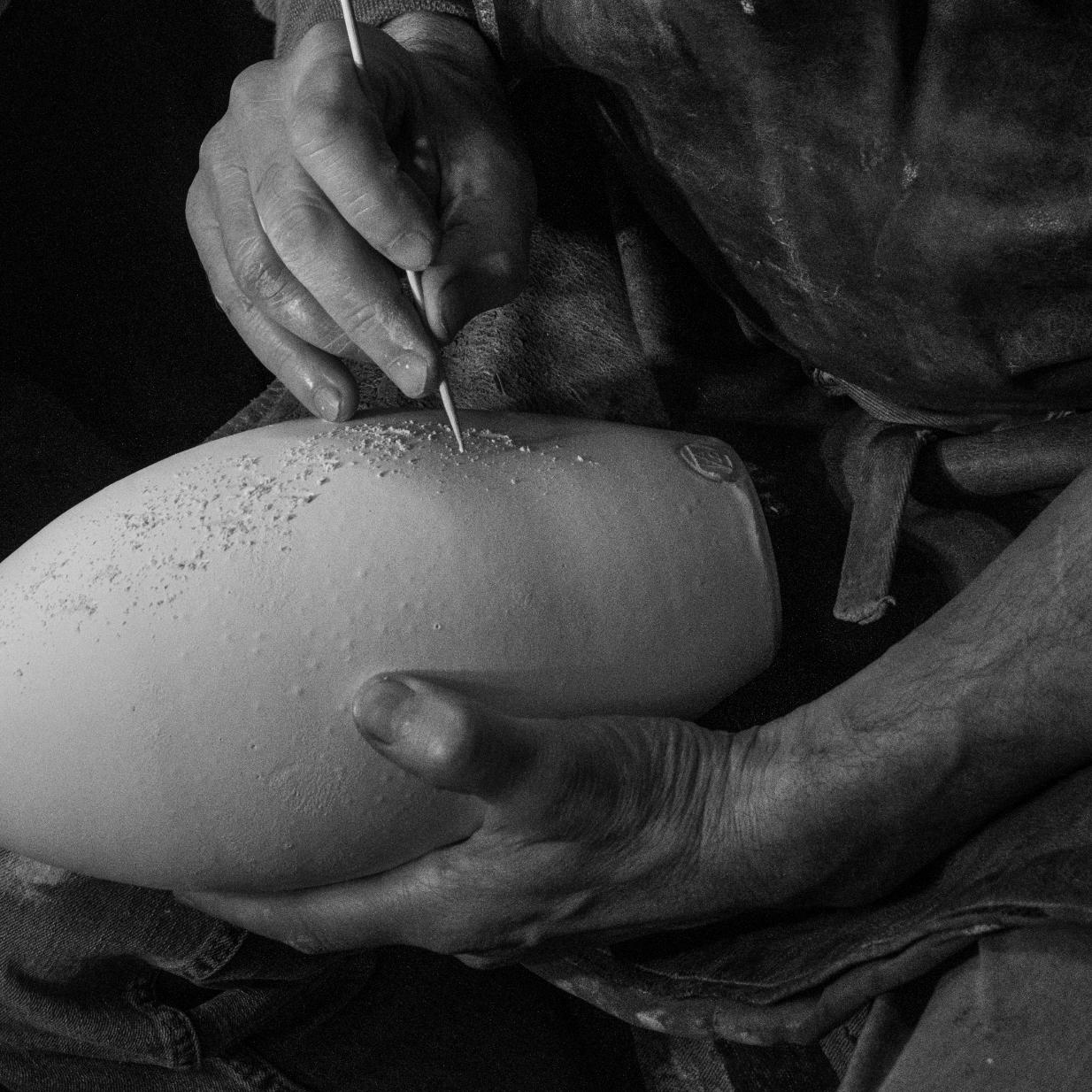
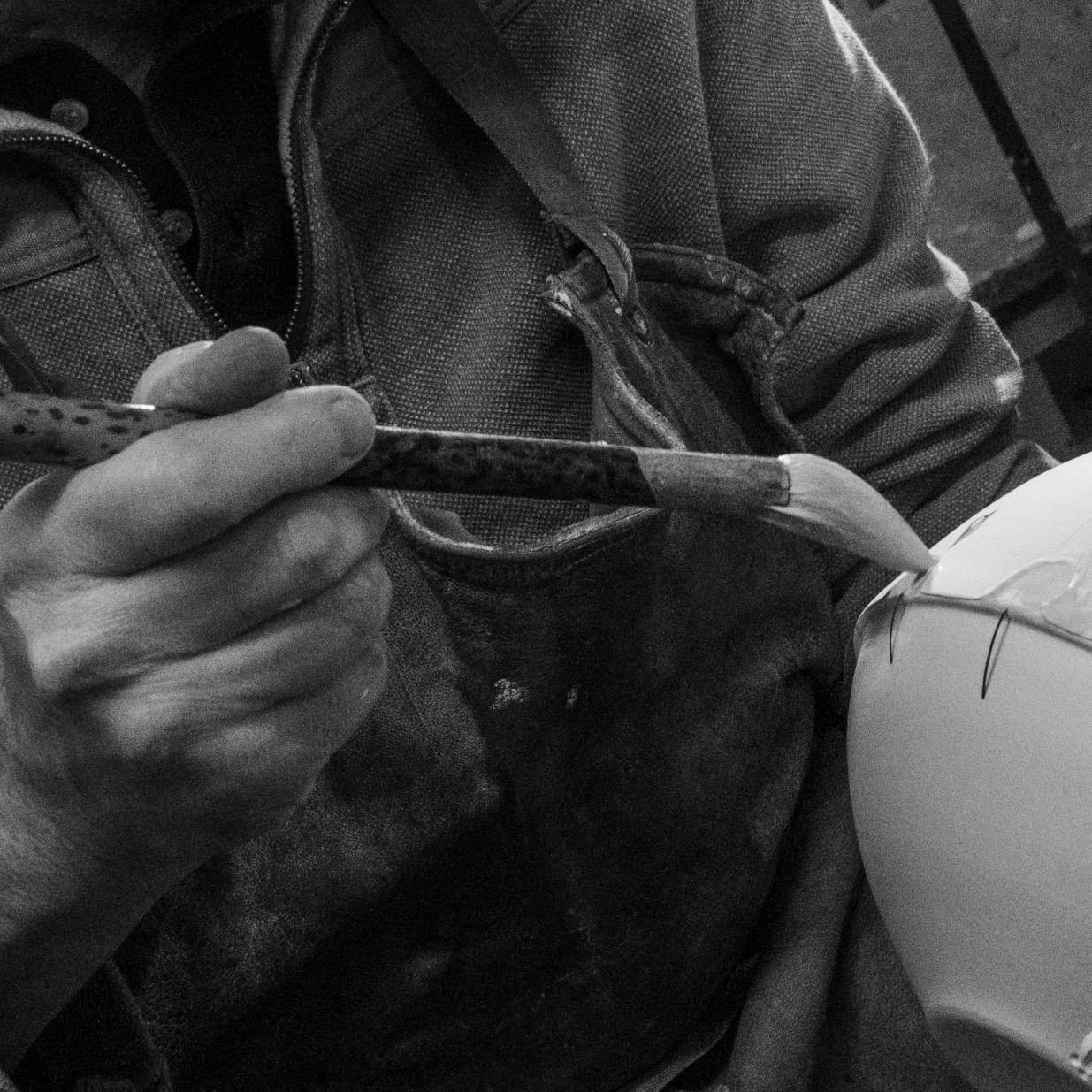

On the distinctions side, I also received very good advice from Richard Hall, with whom I did an official one-to-one. He was quite positive but suggested a second opinion as he had a natural bias towards photo books that collaborate with artists. I got that opinion and as a result concluded that the book wasn’t “photo book” enough to get a distinction without significant change, which would risk failing to satisfy the original target audience who know and love Tim’s work.So, I will proceed with the book for its original purpose, and also do a Japanese version, then maybe do something completely different with an eye to the photo book distinction.

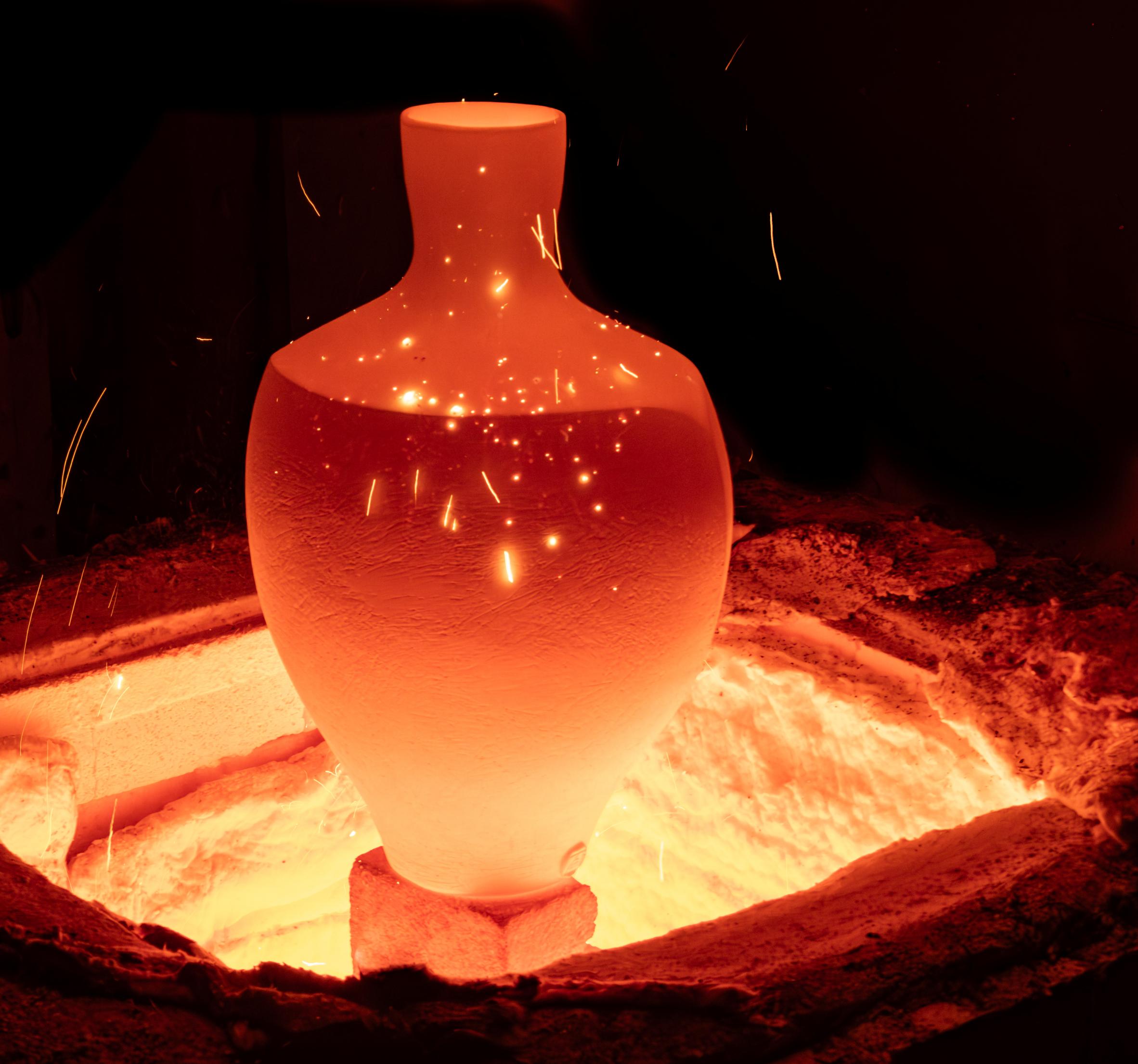
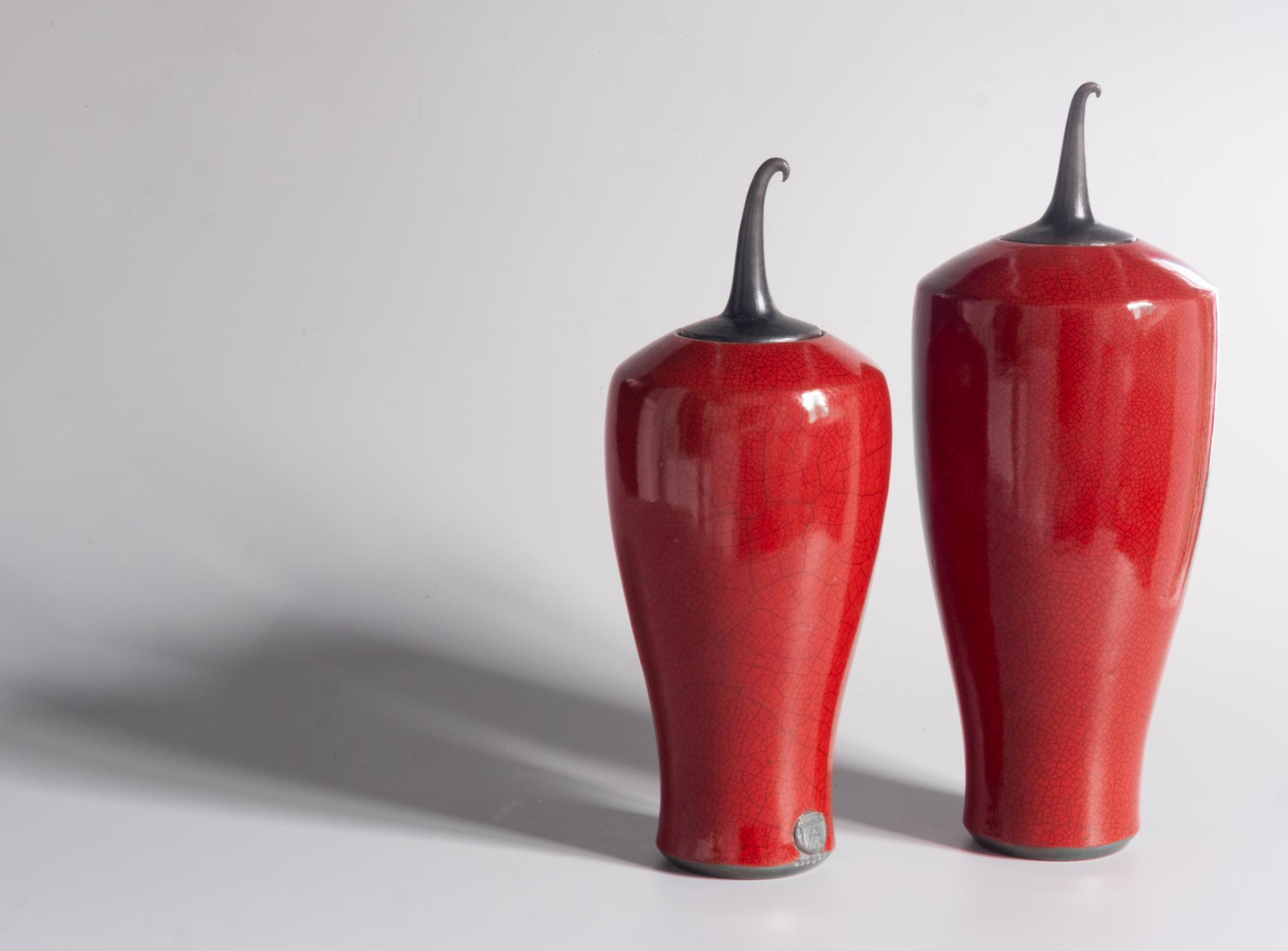
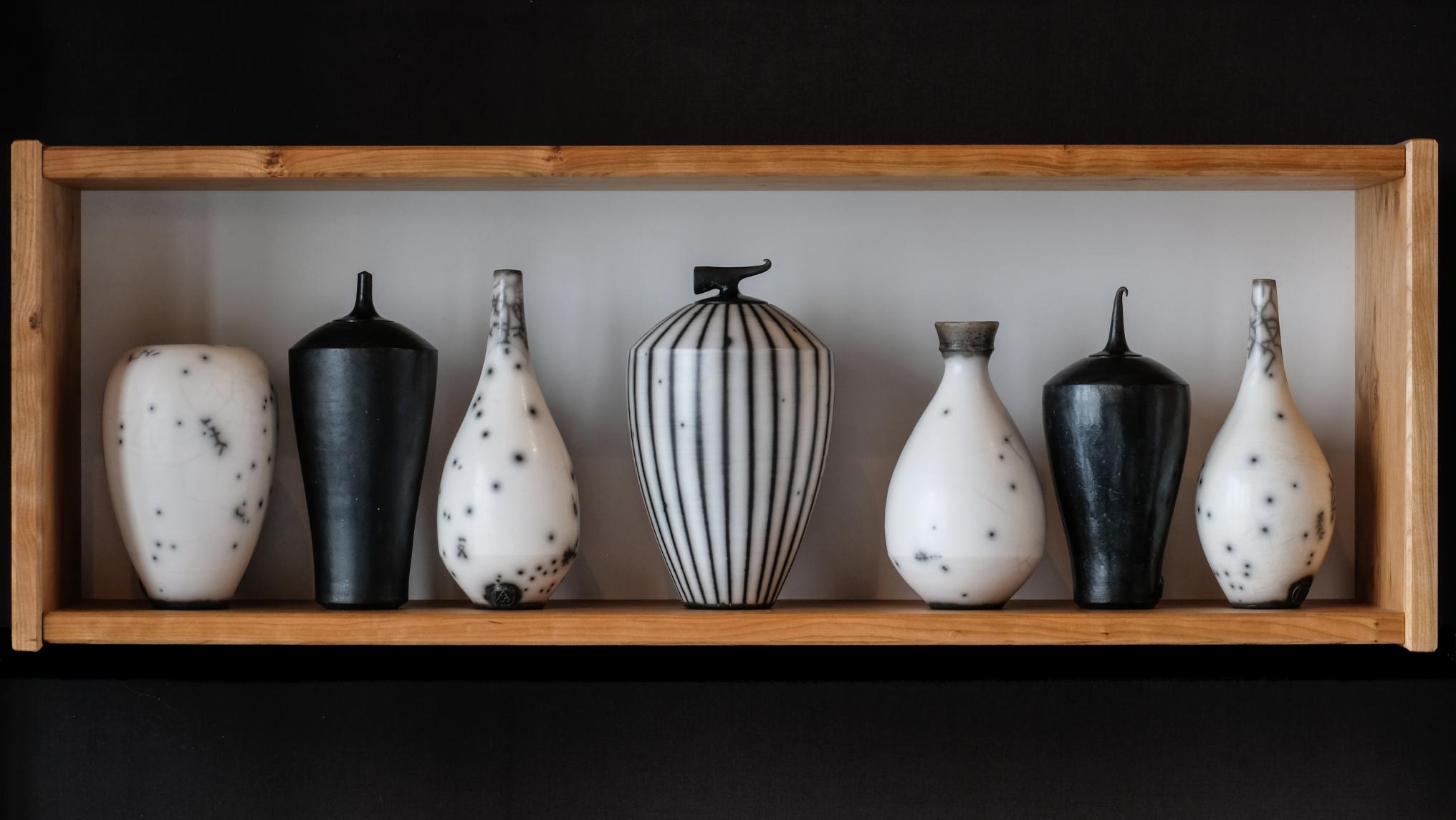

One tip I’d give to prospective book makers is that you really have to print it to appreciate it as a physical book and consequently to improve it, however much you have reviewed it on screen. The big surprise to me was that my original over-large font size made it look like a children’s book. Another surprise has been that on showing it at RPS events and on Tim’s stand at a ceramics show, the majority of people picked the book up and looked through it from the back, which of course undermined the narrative sequence I’d carefully produced. On the other hand, we’ll be doing a Japanese version, which may confuse things further.
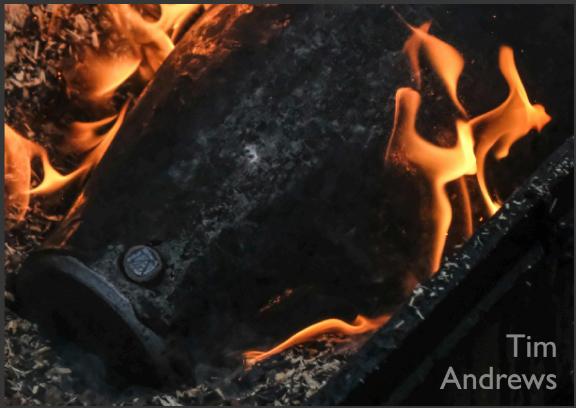
READ THE COMPLETE BOOK HERE
This award is named after Roger Fenton, one of The Society’s founders and the Awards were announced at the recent RPS AGM. The award is made to a member or non-member who has made an outstanding contribution to the work of The Royal Photographic Society. Usually, no more than three or four Fenton Medals are awarded each year. In 2024 two members of the Digital Imaging Group have been awarded the Fenton medal for their service to the organisation, Hazel Frost FRPS and Carol Olerud FRPS.
Dr Hazel Frost FRPS retired GP has been a member of the RPS since 2003 when she achieved her Licentiate. She currently holds two Fellowships. Since 2012, she has served as an assessor for the Licentiate panel. With the transition of the assessment process to an online digital format, she was recently selected to act as a Moderator, providing support and oversight to the Licentiate panel. In addition to her work with the Licentiate panel, she has been an assessor for the Travel Associate and Fellowship panels, and was also appointed as Chair of the Travel Panel. She also, along with her husband Dr James Frost FRPS helped to run RPS Scotland for 12 years organising many events.
Hazel is an experienced traveller, often going to remote places where her interests lie in a style of documentary photography that focuses on the cultural aspects of countries, recently recording the work of the Calcutta Rescue Street Medicine teams who provide medical care to the slums of Kolkata. Images have then been given back to the Charity to support their work.
To see more about Hazel www.hazelmasonphotography.com
Carol Olerud was born in Brisbane Australia to Dutch parents, and is now living in The Netherlands, Carol is an active photographer in all its aspects. The main type of photography she enjoys is people! Documentary, contemporary, street photography, social documentary, weddings, funerals, pregnancy and even birth, working on series and recurring themes. A long-time member of the Royal Dutch Fotobond and the RPS. She gained her Associate Distinction in 2018 and then her Fellowship Distinction in 2021, both in the genre of Contemporary/Conceptual. Carol has been the organiser of the RPS Benelux Chapter since 2020, a very active group of photographers who meet regularly. Carol has been sitting on photographic juries, locally, nationally and internationally over the years.
Carol says “The RPS has been fantastic, opening many doors to meeting new people, doing projects, making books, joining competitions, joining online talks, this list is endless – the best part is that it’s in English!”
To see more about Carol www.carololerud.com
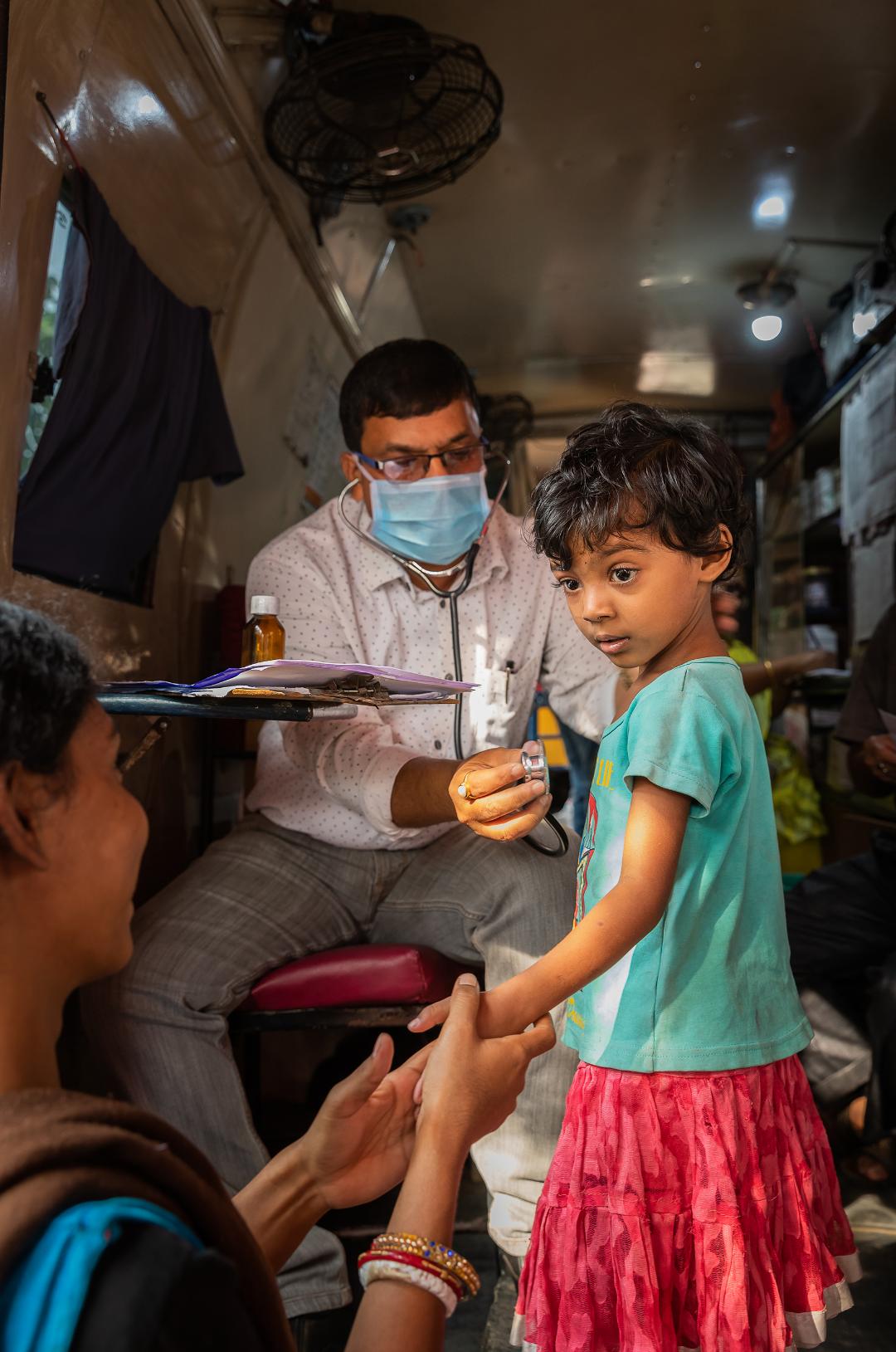
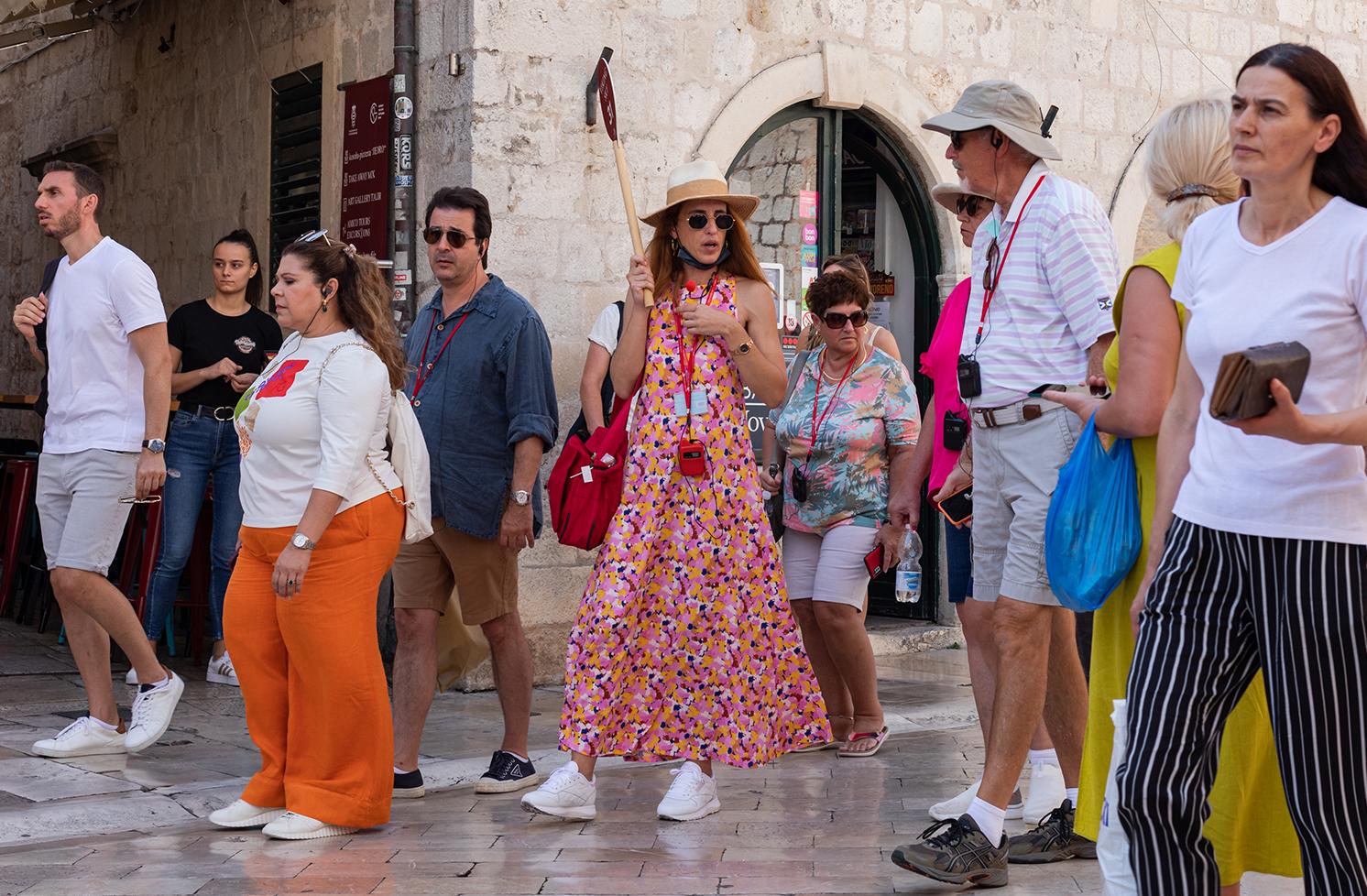
By Mark STOTHARD ARPS
As I passed through the Highlands of Scotland, reflecting on a visit to Cape Wrath, the most northerly point of the British mainland, one is confronted with a landscape where the raw elements of nature intersect with the austere imprints of human activity.
This place, known as the world’s edge, is not merely a geographic boundary but a liminal space, a junction where the personal and the universal coalesce, where the past and present converse in the dialect of stone, sea, and sky. Here, the earth’s contours meet the abstract planes of human ambition, most notably represented by the military firing range that occupies this remote expanse. It is in this environment, harsh yet sublime, that one is prompted to contemplate the broader implications of observation, memory, and the framing of reality – a dialogue that recalls John Szarkowski’s seminal conceptual framework of Mirrors and Windows.
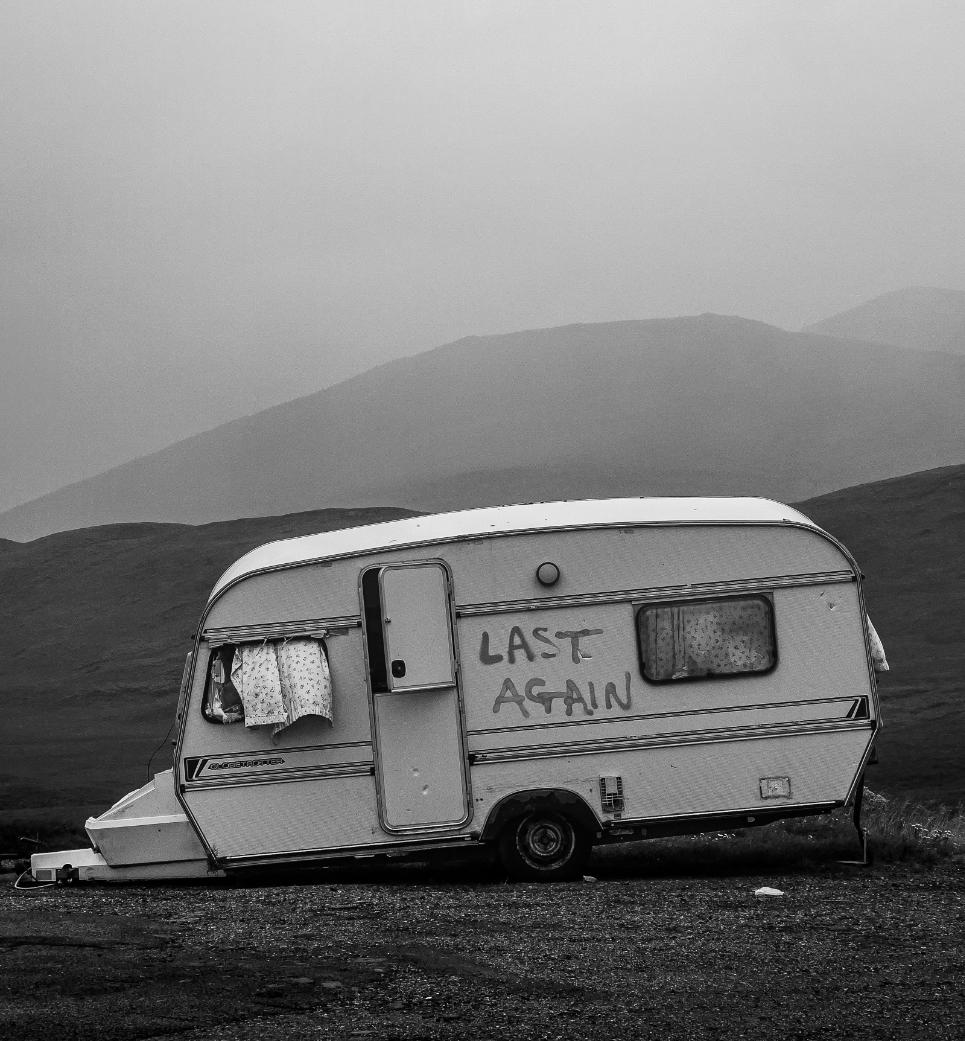
Szarkowski, a towering figure in the history of photography, posited that photographs can be seen as either mirrors or windows. A mirror reflects the inner self, capturing a personal, subjective vision of the world. A window, conversely, opens onto the exterior, offering a more objective view, a transparent medium through which one gazes at the world outside. This duality oscillation between the internal and the external, the personal and the collective – resonates deeply in the context of Cape Wrath, a place where the natural and the constructed, the wild and the disciplined, confront each other in stark relief.
The firing range at Cape Wrath is not merely a backdrop; it is a symbol of the pervasive reach of human influence into even the most desolate corners of the earth. The occasional thunder of artillery fire echoes across the moorlands, a reminder that even here, at the end of the land, the spectre of conflict and control is never far away. The landscape becomes a stage where the military’s assertion of power plays out against the immutable backdrop of the natural world. Yet, in this juxtaposition, there is a profound irony: the range, designed for destruction, is nestled within a landscape that is indifferent to the violence it hosts. The cliffs and the sea, enduring and ancient, bear witness to the fleeting nature of human endeavours.
It is a place that challenges the observer to reconcile the fragility of human constructs
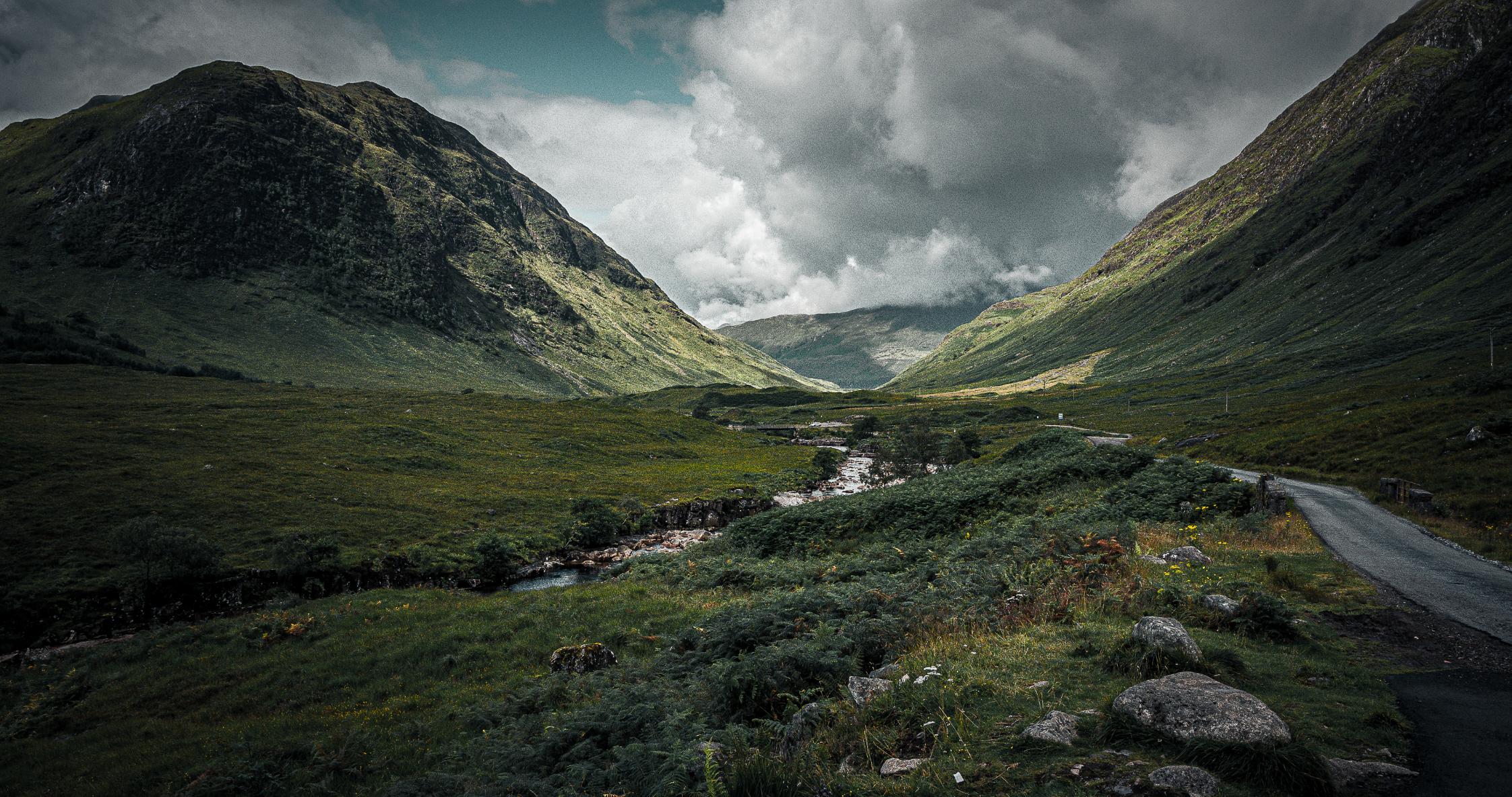
with the enduring power of nature-a theme that echoes in the work of the American photographer Richard Misrach. Misrach, renowned for his haunting images of the American desert, particularly in his Bravo 20 series, offers a visual commentary on the relationship between humanity and the land. His work in the Nevada desert, a site similarly marked by military activity, explores the scars left on the earth by human intervention. The desert, like Cape Wrath, becomes a canvas for the traces of conflict, a place where the natural and the unnatural cohabit in a tense, uneasy balance. Misrach’s photographs, often expansive and desolate, capture the stark beauty of these landscapes while simultaneously evoking a sense of unease, a recognition of the underlying violence that has shaped them.
In Bravo 20, Misrach photographed a former military bombing range in the Nevada desert, a site littered with the remnants of war craters, twisted metal, and the lingering shadows of explosions. The images are at once beautiful and disturbing, revealing a landscape that has been profoundly altered by human activity yet retains an eerie, otherworldly tranquillity. This duality is central to Misrach’s work: his photographs function as both mirrors and windows. They reflect his grappling with the implications of what he sees – the environmental and ethical questions posed by such landscapes – while also providing viewers with a window into a world that is both familiar and alien, a place where the boundaries between natural beauty and human destruction blur.
The parallels between Misrach’s work and the experience of Cape Wrath are striking. Both places are defined by their isolation and their distance from the centers of human civilisation. Yet both are also indelibly marked by human presence, by the imprint of power and control exerted over the land. In contemplating Cape Wrath through the lens of Szarkowski’s Mirrors and Windows and Misrach’s desert photography, one is reminded of the complex interplay between the observer and the observed, between the personal and the universal. The landscape at Cape Wrath, like the Nevada desert, becomes a site of reflection, a place where the photographer-or the visitor-is compelled to confront the tensions inherent in the act of looking.

To visit Cape Wrath is to step into a liminal space, a threshold between worlds. It is a place where the land meets the sea, where the known world gives way to the unknown, where the traces of human activity are both starkly visible and yet rendered insignificant by the vastness of the natural environment. The firing range, with its suggestion of violence and control, serves as a reminder of the everpresent tension between the desire to dominate and the reality of nature’s indifference. Yet it is also a place of profound beauty, where the harshness of the landscape is tempered by the subtle play of light on water, the soft hues of heather and gorse, and
the distant, almost imperceptible line where the earth meets the sky.
In this space, the concepts of mirrors and windows take on a deeper significance. The landscape at Cape Wrath reflects the inner turmoil of those who come to it, seeking solace, or understanding, and it offers a window onto a world that is at once timeless and transient. The visitor, like the photographer, becomes both observer and participant, drawn into the dialogue between the self and the world, between what is seen and what is felt.
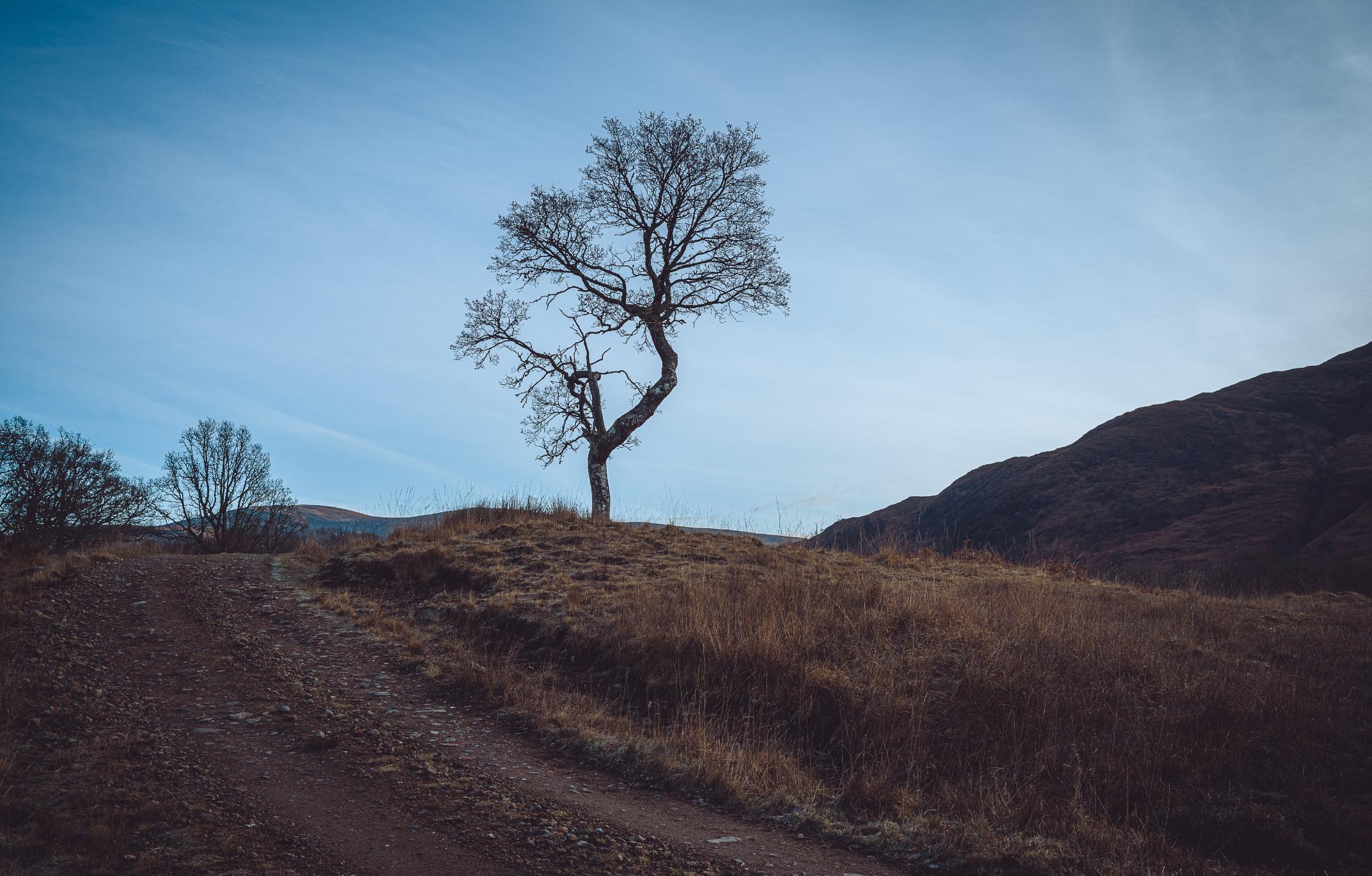
Richard Misrach’s desert photographs remind us that the landscapes we encounter are not merely backdrops to human experience; they are active participants in the stories we tell, shaping and being shaped by the narratives we construct. At Cape Wrath, as in the Nevada desert, the land holds the memory of all that has transpired upon it, from the ancient movements of the earth itself to the fleeting imprints of human presence. In contemplating these places, we are reminded of our impermanence, of the fragility of our attempts to impose order on the chaos of the natural world.
Yet there is also a sense of continuity, of a shared experience that transcends time and place. The landscapes of Cape Wrath and Bravo 20, though separated by oceans and continents, are linked by their role as witnesses
to the human condition. They are places where the personal and the universal intersect, where the mirror reflects not only the self but also the collective memory of all who have passed through. And through the window, we glimpse a world that is at once familiar and strange, a world that challenges us to reconsider our place within it.
In the end, the journey to Cape Wrath, like the journey through Misrach’s photographs, is one of reflection and revelation. It is a journey that forces us to confront the dualities of the tension between beauty and destruction, between isolation and connection, and between the self and the world. And in doing so, it offers us a deeper understanding of the landscapes we inhabit, both within and without.
MARK STOTHARD MA ARPS VISUAL RESEARCHER WWW.LIGHTMETER.UK
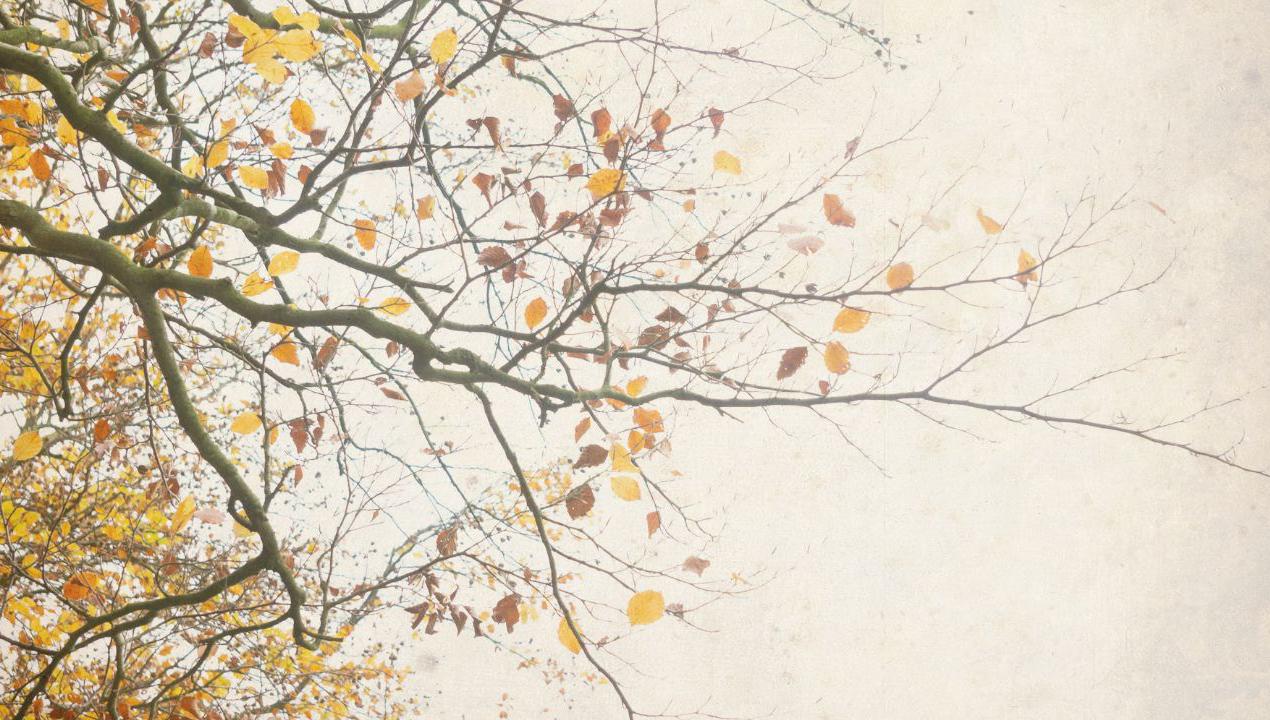
Digital Imaging are launching this ‘Projects’ initiative on Halloween, so is it a “Trick or a Treat”? It is most definitely a “Treat” an exclusive member offer, not a spooky, unsubstantial Trick!
We are pleased to announce the launch of two new projects set to commence in the New Year! These initiatives promise to deliver an array of inspiring talks and some processing tutorials, designed to engage and educate participants. Both projects will feature a diverse lineup of presenters, each bringing a wealth of experience and knowledge in their respective subject. You can look forward to engaging presentations that will not only inform but also motivate. Our speakers will share their insights, experiences, and success stories, fostering a collaborative environment for learning new skills and techniques.These 'Projects' cover a variety of topics, ensuring that there is something for everyone, regardless of their skill level.
The ‘Projects’ will go live on Thursday 31st October, available to book on Billetto until the 31st December.
Make a date on your calendar to take a look or visit our ‘Workshops ‘25 ‘page to see a bit more detail.
• Mono Project 10 Presentations: Immerse yourself in 10 specially curated sessions, designed to provide in-depth knowledge and insights.
• Alternative View Project 5 Presentations: Broaden your perspective with 5 presentations focusing on alternative approaches and fresh viewpoints
• Single Purchase: Each project isbundled together into one exclusive member purchase for your convenience.
• Documentation: All the essential information for the whole project is provided in one easy-tonavigate 'NOTION' document.
• Resources from each Presenter will be added to the Notion Document just prior to the Event.
• Post-Event Recording: Every session is recorded, and the recording will be added to the Notion document after each event, ensuring you have access to all key takeaways and insights.
• Bonus Events to be announced over the coming months.
Here are the details of the Presenters, the subject, date and times for the Mono Project. Here are the details of the Presenters, the subject, date and times for the Alternative View Project.
Just a few more days until you can sign up, we will send an email round on the 30th October, once again highlighting the launch and also post a reminder on the DI Facebook Page.
Once you purchase a Project, you will receive an email from Billetto, included in this is a BLUE BOX.— ‘GO TO ONLINE EVENT’—- pressing this will reveal a link to the Notion Document which contains all of the information, including all the Zoom Links. PLEASE SAVE OR BOOKMARK THIS LINK. This Document will be updated with the recordings after each event.

https://www.notion.so
Notion is a flexible, all-in-one digital workspace that allows users to create, organise, and collaborate on online documents. These documents support linking, are easily updated with new content to keep information current, and can be shared with others by controlling access through shared links.
You DON’T NEED ANY NEW SOFTWARE, you are simply visiting a shared live link. The aim is to make the whole process simpler, quicker and more efficient for all.

Why join the RPS ?
When Darwin was bombed in 1942, many people worried that Sydney might be next. Families decided to send their children to remote areas of NSW. The school population dropped by about 50%. This was documented in “A Carefree War” by Ann Howard. We had a boarder who had lived in the bush for years. My mother asked him to take my brother and me to somewhere safe. For the next year we lived in a bark hut, outside the town of Orange. I was immersed in nature. As I aged I continued my interest in nature animal, vegetable and mineral and decided to record on film, what I found and saw of these miracles of evolution. While working for Kodak, a visitor arrived at the office from England and saw some of my work. His comment to me was “Why don’t you join the RPS.” So in 1960 I took the plunge. I have to say the RPS Journal was one of the most expensive photographic magazines I ever subscribed to. I was not a competitive photographer and it wasn’t until 1980 that I decided to find out what others thought of my work and applied for, and received my, “A”. When it became obvious that digital photography was the future I joined DIG sometime around 1998.
When did you first contribute to DIGIT ?
In the early years I found the fellow members to be extremely collaborative, the main reason for joining DIG. When I became a committee member my philosophy was if you accept such a position level, you should be seen to support the group’s aims. So in DIGIT 28, in 2005, I submitted an article, demonstrating a method of repeatedly transforming an image using Photoshop. It was heartening to see DIG member Ann Cole, in Digit 47, win a ribbon for using that technique, and acknowledging me as the source of the idea. Gitta Lim was another member who posted two images on the old web site, using the technique.
Moment of fame.
My job at Kodak was a Technical Sales Representative (TSR) in the Professional, Industrial and Applied Markets. In 1969 NASA asked newspapers to bid for the job of distributing photographs, generated from the proposed moon landing, to news agencies, such as Reuters, who distribute world news. A Sydney newspaper had the winning bid, BUT there wasn’t a newspaper in Sydney that had the ability to process, and quickly process the film and distribute the paper prints, as required. The photographic manager of the winning newspaper approached the manager of Kodak’s Professional and Industrial Markets for help. Sydney newspaper photographers had only recently changed from 4 x 5, Speed Graphic cameras to 35mm cameras. The film from the moon landing was 70mm x 15 feet. However Kodak had recently release a Kodak Versamat Processor, capable of processing film 11inch wide by any length (this was commonly aerial film of 100 ft length) dry to dry in six minutes. An agreement was met where Kodak would knock a hole in the

newspaper’s darkroom and install a processor as well as supply two Kodak Ektamatic Q14 paper processors that produced dry prints in seconds. Kodak also were to supply two TSRs to get the whole thing up and running. They were Tony Healy & Derek Davis. The processor was installed on Thursday 16 July 1969 and we had until Mon 20th to have everything tested and running and newspaper staff au fait with what they had to do. Straws were drawn to see who was going to load the first roll of film into the processor, and I drew the short straw. Murphy’s Law was going through my mind, “what ever can go wrong will go wrong.” That day I learnt the track length through the processor was 18ft.
Working for the company that invented the digital camera, and after spending two thirds of my life with their analogue products, initially, did cause some thought. There were comments at the time on the resolution of film versus pixels. When using film it did cause one to think about taking a photograph. Firstly from how many frames you had left on the roll, and did the composition contain the information you wanted to record. From the digital point of view, few people worry about the amount of storage space available in the camera. As for AI and photography there will be people who will misuse it. Having worked 90% of the time in Nature, one rule you needed to follow was don’t add anything to your image, it had to be a factual reproduction. To me AI is the artist’s new palette. Instead of applying the ‘paint’ yourself, the machine does it for you. However this should be acknowledge when presenting the final product to others, but there is no guarantee that will happen. The photographic future will certainly be one of doubt.
Favourite images.
That’s a hard one. Any image can be a favourite on so many levels, especially for a basic animal, vegetable and mineral nature photographer. I’ll give it a try
No.1 Animal, Tube worm
I like this image for it displays the major parts of a tube worm that viewers are likely to see. The feathery frill is both a food collector and a set of lungs, and behind them can be seen an antenna. These animals are very shy and retract everything, should a shadow fall on it. The round disc or operculum, is in last and plugs the hole. The tube can grow 25mm long and is usually attached to a rocky surface. I’m sure James Cameron used them as a model for the plants in AVATAR, that Jake Sully found collapsed when he waived his hand over them.
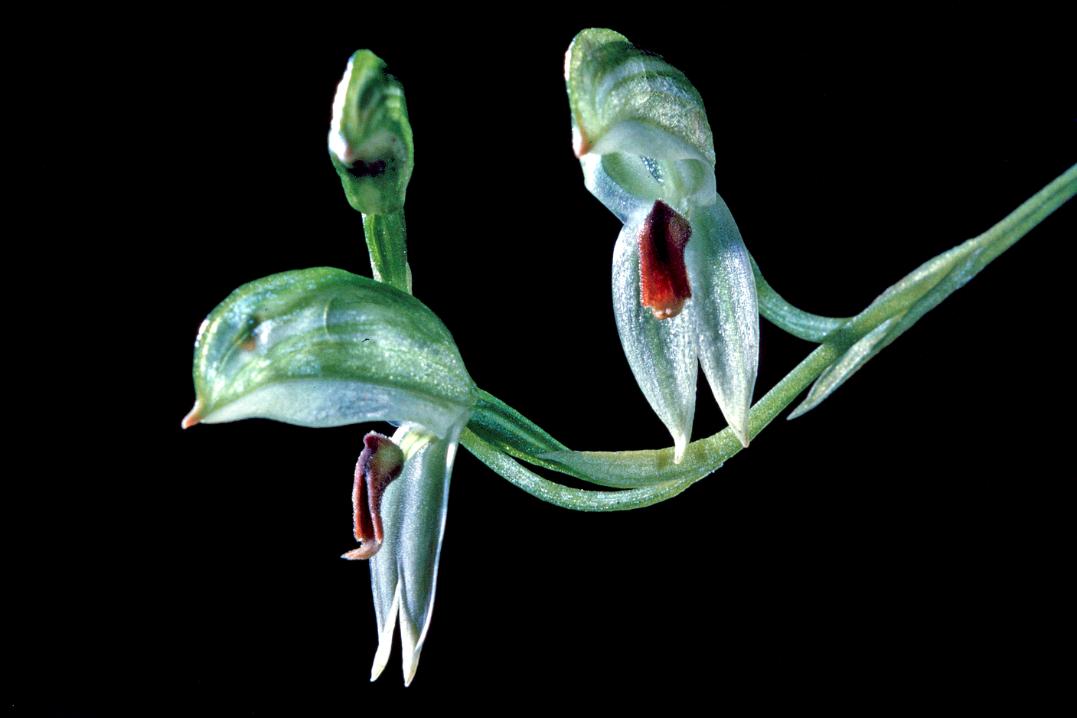
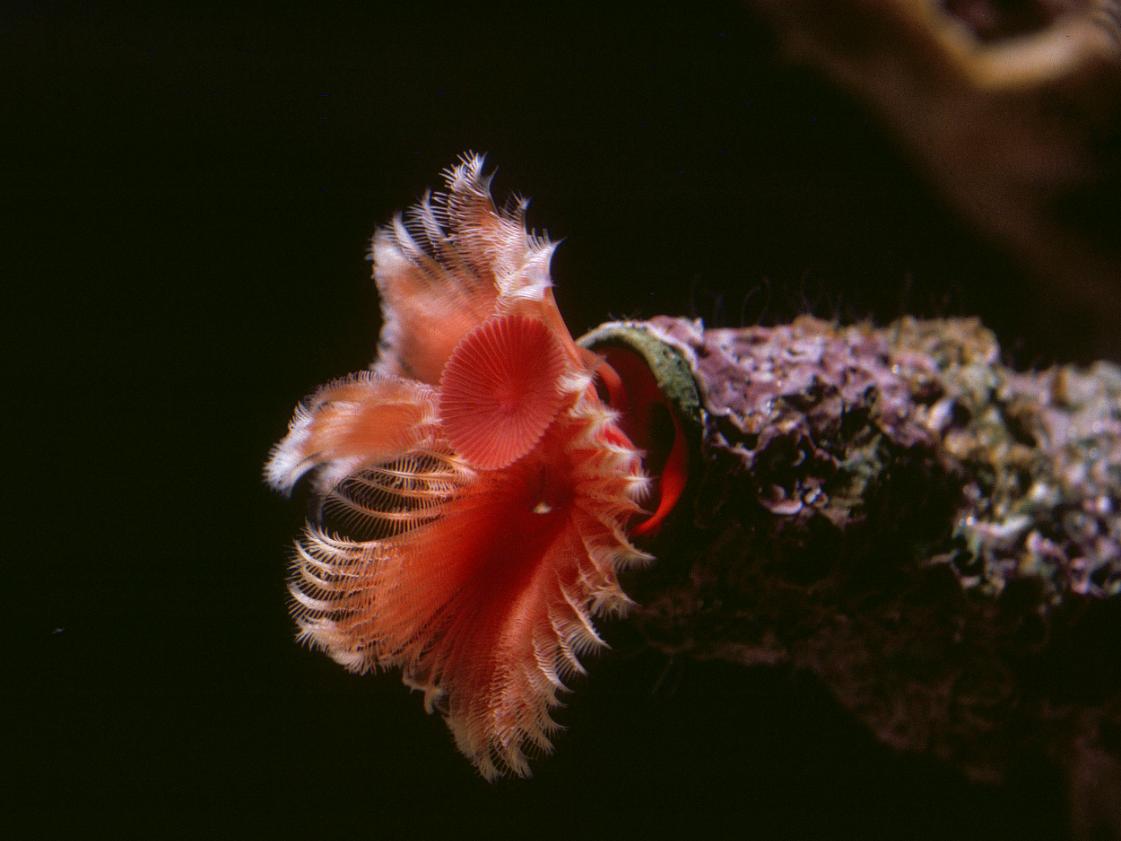
No.2 Vegetable; Native orchid. Orchids are the most pollinator-specific plants in the world. This is a Greenhood orchid and the tongue has a trigger mechanism. When a specific sized insect lands on the tongue to reach the nectar at the back of the throat, the tongue springs up to push the insect into the hood. A yellow pollen parcel can just be seen in the right hood, and as the insect squirms to get out in rubs the pollen over its back. This is mixed with the pollen of the next orchid it visits, and so cross pollinates the plants.
No.3 Mineral: When you were at school you were probably told that U-shaped valleys were the result of glacier of the past gouging out the soil as it scraped across the landscape, to leave behind the valley. I feel this is a great example of that result.

Accolade is a celebration of Digital Imaging members' journeys to Distinction.
It is produced to share members' experiences of the Distinctions process, and to provide information and comment from those involved in advising, assessing and administration. After a pause in publications for logistical reasons, we're pleased to announce the issue of Edition 14 of Accolade in a new design, with some of our members' successes to inspire you, at all three levels. View Accolade 14 HERE

Are you getting this error message? Having an issue with Scratch Disks which are full? Jonathan will try to help us to understand the problems and find solutions.

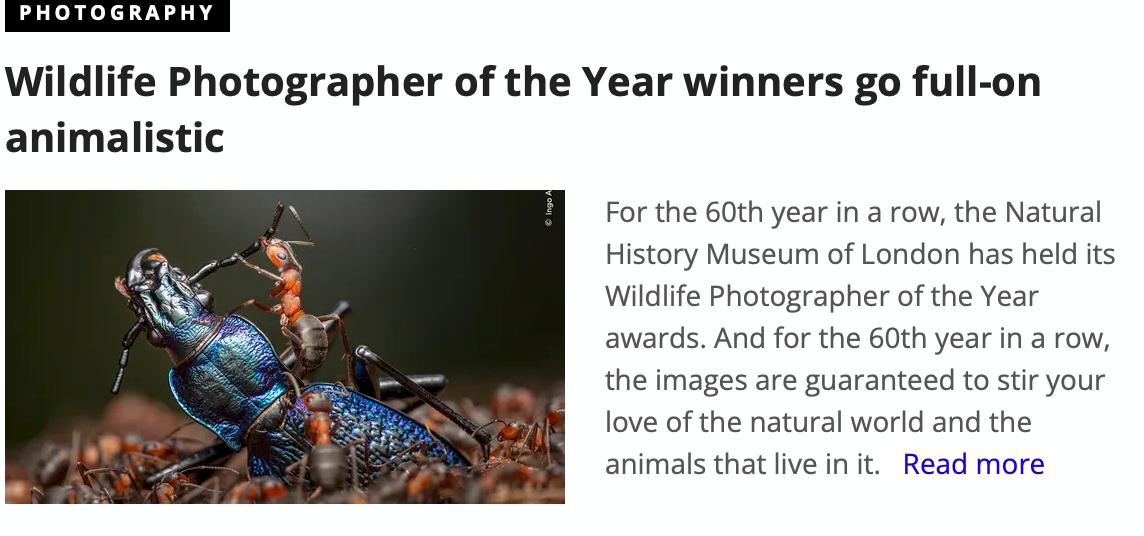
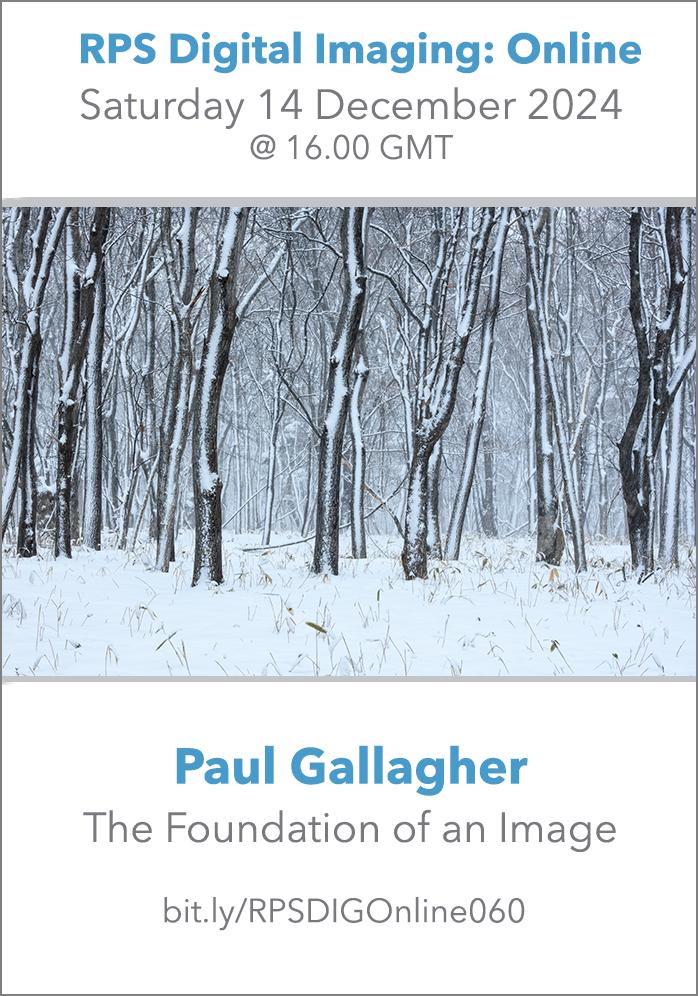
Clive Haynes FRPS
There’s much to be discussed about AI in photography. However, if an image is totally derived from AI then I don’t see how it can be called ‘photography’. I daresay that someone could photograph the monitor screen to make a ‘real photo’ but that’s pushing it a bit. If part of an image is the result of some AI management, then the intervention could well be considered reasonable. The big question is what percentage of an image could be allowed to be AI before the whole picture is called into question. This can range from a bit of ‘cloning’ to a substantial part of the picture being entirely replaced. In many circumstances this may not matter but when it comes to competitions the subject becomes vexed. Competitions have never been a completely level playing field, but AI could take this to a whole different level.
Let’s stand back for a moment and consider a few ideas. A cooking competition could present all contestants with the same ingredients, same utensils and ovens - that sounds fair. A productmaking competition based upon craft skills would probably take a dim view of items made by a 3D printer - but what about ‘3D-printing’ a number of small components that contribute as components for the finished product? A poetry competition would probably disqualify ChatBot generated entries but accept automatic grammar and spelling checks. Would a dog show or agility test accept a robotic dog, no matter how real-looking? What about a dog with implants, such as a heart pacemaker? Or a dog with an artificial limb or replacement hip joint? If no artificial elements were allowed, then would the identity chip or essential medications be banned? How do authorities regulate contestants with a whole range of artificial aids in the Paralympics? Mixed-media is accepted in art - and so what if part of the work is created through AI under the guidance of the artist? There will always be exceptions it would seem. In the world at large for most of the time none of this really matters, in fact we’re content to use AI in one form or another as a form of partner. However, in areas such as science and news for example, veracity is essential.
I’ve belonged to a camera club since 1964 and so far as competitions go, I can’t recall a time when, for a while, the traditionalist element within the club didn’t consider advances in technology to be an affront and offering unfair advantages to certain people. Criticism about such ‘advances’ that immediately come to mind are that: 35mm cassette-film was too easy compared to proper plates and roll-film; colour slides were too simple - after all Kodak did all the processing; TTL metering was ‘cheating’ as opposed to a hand-held Weston light meter; Polaroid photos were anathema; commercial printing services were ‘simply not playing the game’ and so on. Then, horror oh horror, digital imaging came along - what no proper camera and no film?
In the real world of commercial photography, AI is seen as a great boon. Photography: it’s the business of ‘competitions’ where the problem is most particularly illustrated. Perhaps the simplest way is to cease competitions and opt for ‘curated exhibitions’ instead? These would have whatever guidelines they preferred but without a ‘winner’ - and therefore by definition, no ‘losers’ - tensions, preciousness and so-called ‘cheating’ would diminish. Though worrying for many at the time, did digitally generated art/painting take over from the traditional paintbrush? (Remember ‘Buzz’, Topaz ‘Impression’ and Corell ‘Painter’?) Or, for that matter, has the electronic music synthesiser replaced musicians and orchestras? Seemingly worrying inventions are integrated and find their own levels.
For those who wish to organise and participate in photographic competitions, the simplest way forward would be to insist that every entry is accompanied by the original image, whether RAW or JPEG, together with its metadata. The original image could be compared to the entry in the event of a query. Such action would certainly deter most would-be fraudsters. However, complex composite images with several sources would be more difficult to police. Nevertheless, the very presence of such a request for the originals would provide a strong deterrent.
As with the advent of digital imaging for amateur photographers some 25 years ago, it’s to be hoped that AI will gradually find a level of acceptance through a combination of appropriate usage and common sense.

Find out how to start – or continue – your Distinctions journey:
Each of the pages below includes handy links to guidelines and genres for distinctions, assessment dates, and a “how to apply” document:
• Licentiate (LRPS) – the process for LRPS has changed – see below for more details.
• Associate (ARPS)
• Fellowship (FRPS)
The LRPS application process has been changed and now uses an online application system for digital submissions – no more prints or books will be assessed.
There’s lots of supporting material and application forms on the RPS website now. Take time to look around and digest the information if you are interested.
The Photobook genre has its own special guidelines and submission process (as opposed to an ARPS or FRPS submission in book form). You can find out more here: Photo books. You might also like to see a talk hosted by Stewart Wall which is both informative and inspiring.
Some genre-specific hybrid Advisory Days for both Associate and Fellowship levels at RPS House are bookable – limited spaces; book here.
To help you prepare, you can request a one2one portfolio review – an online session with a panel member appropriate to your genre/distinction. See this page for more information: How to book a one2one.
There has been some confusion over what happens next – someone from HQ will find you an advisor and put you both in touch to arrange a date and to send images/ presentation plan. This can take time depending on how many volunteer assessors in your genre or at your level are available, and you are advised to make your request at least 4 months before an assessment.
Some regions are offering Advisory Days online and in person. Look out on our Facebook group or for broadcasts from your regional group for details, or use this link https://portal.rps.org/s/ event-listing and click the ‘Advisory Day’ button at the top.
You can generally attend as an observer if you aren’t ready to step up yet (usually advertised a week beforehand on the Facebook group). In addition, some Chapters and Regions offer online Distinctions Study Groups. You can find these by searching the RPS website
You can send your booking forms to distinctions@rps.org or by post to head office. As for advisory days, you can sign up to observe an Assessment Day (in person or online) tickets for assessments –currently free.
And don’t forget, as well as projected and printed images, you can also apply for a Film, Digital and Multimedia Distinction at any level, and also a written Research Distinction: Film And Research. The Research page on the website has been updated, and more changes are scheduled for other pages.
If you missed any of the Distinctions Live talks, you can catch up here. (Also accessible via the RPS Distinctions channel on YouTube.) This talk from Stewart Wall gives advice on how to gain your Licentiate.
The Facebook Group RPS Distinctions **Official Group** is still growing after 3 years, with over 5100 members. It includes news from HQ, links for observer places at assessments, and posts celebrating distinction successes to inspire you. It’s a civilised venue to ask questions, share your successes – and disappointments – and ask for critique or expert advice on your proposed portfolio.
If you aren’t sure which genre or level to apply for, you can post 6 images (plus your Statement of Intent if appropriate) and request moderator advice.
Accolade is back
We are delighted to announce that after a short lay off we are able to re-launch Accolade with the production of Accolade 14.
Accolade is the online publication where we celebrate our members’ recent Distinction successes; seeing some of their images and panels. Plus, we ask them some questions so that we can all learn about their journey; knowledge that can often help those who follow their path. Distinctions are an amazing way for us all to improve our photography.

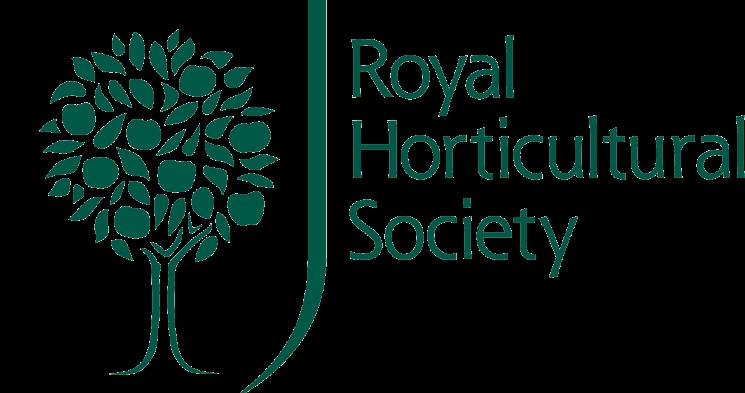
We are pleased that our collaboration with the RHS is continuing in 2024, with two events, RHSPortfolio Competition- 'Insights and Observations' on October 31 at 7.30 pm 'RHS Portfolio Advisory Session' on November 20 at 7.30 pm
The FREE events are now available to book via Billetto. Even though it is a free event you need to register your interest to receive the Zoom invite, the direct links take you to the events on Billetto.
Claire Allnutt – RHS Portfolio Secretary, will give a brief intro to Portfolio & 2025exhibition
We will then take a closer look at 3 medal winning portfolios from 2024(with comments from three Judges)
Then we will 'Meet the exhibitors'– First time exhibitors and Silver-Gilt winning medallists Adam Cole & Sheena Rogers share some of their insights & experiences of being an exhibitor of the RHS Botanical Art & Photography Show.
Finally the three RHS Judges share their expert tips on what makes a successful portfolio, then there will be a chance to ask questions.
On this occasion three RHS judges, will discuss in more detail, the requirements for a successful panel. There will be an opportunity to send a proposed Portfolio Panel infor consideration for Critique, to receive feedback, and maybe advice on ways to perfect it.
If you have a portfolio ready please send your images for critique, by November 10th to photoportfolio@rhs.org.uk
Claire Allnut, RHS Portfolio Secretary, will be happy to answer any queries.

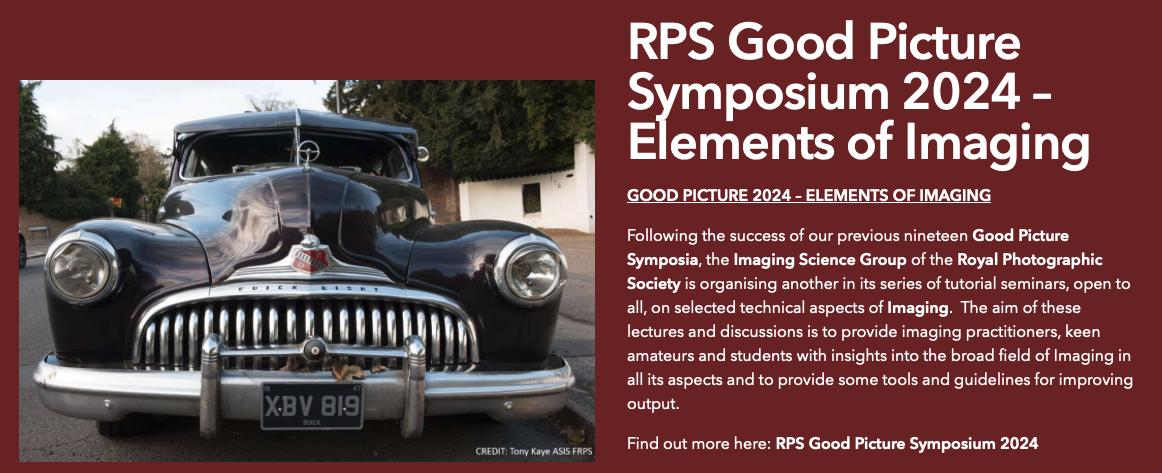
This workshop will have a maximum of six participants and will be led by
RPS Imaging Science Group committee is short of members, the committee welcomes any offers of help in running the Group.
Contact: pandmchristianson@gmai l.com

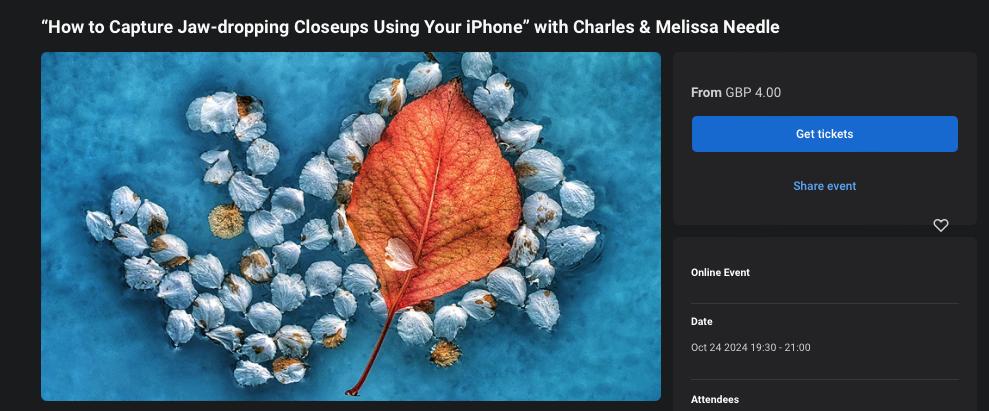
RE-SCHEDULED NEW DATE
FREE EVENT JUST ADDED
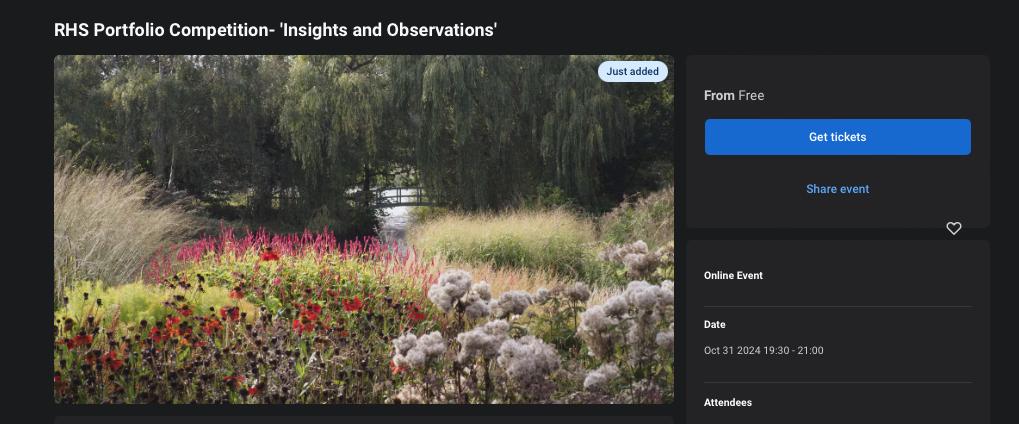

The Art of Flower Photography with Celia Henderson LRPS See the scene, take the photo and make the art. The final events for early 2025 are now bookable.
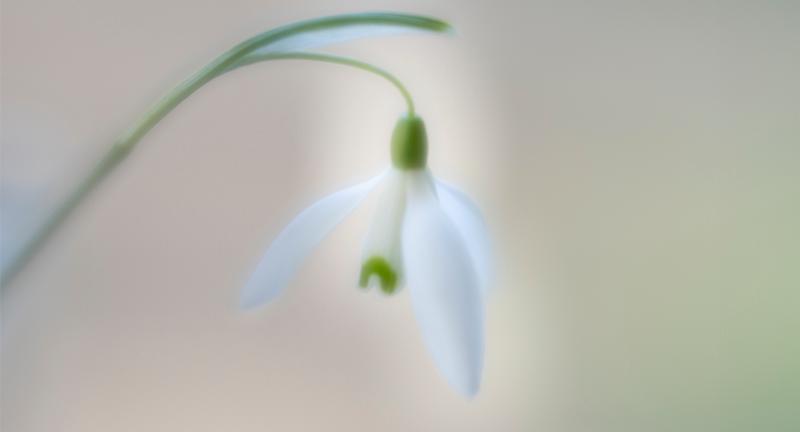
9. JANUARY Late Winter in the Garden
10. JANUARY The Snowdrop
11. FEBRUARY Early Spring Flowers
12. MARCH The Magnolia
Promoting the RPS Landscape Groups forthcoming Conference. A weekend of top-quality speakers, location shoots and workshops at the stunning DoubleTree Hotel in North Queensferry on the banks of the beautiful Firth of Forth. Open to RPS members, you don’t have to be a Landscape member.

Do visit our webpage

The members-only link for the DIGIT Archive is to be found in the email message announcing this newsletter. The RPS Digital Imaging constitution can be downloaded HERE
For everyone’s convenience, we include a list of shortcuts to the main Digital Imaging pages at the end of each Broadcast.
You can subscribe to our email Mailing Lists here to hear new announcements:
